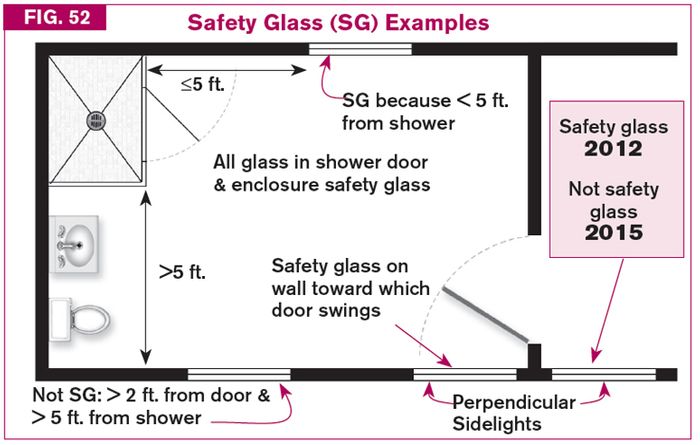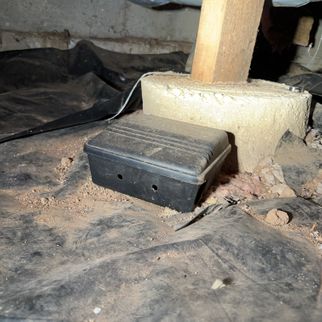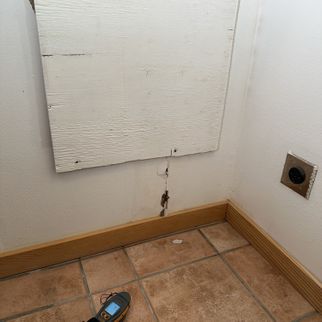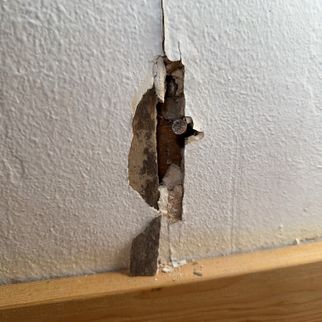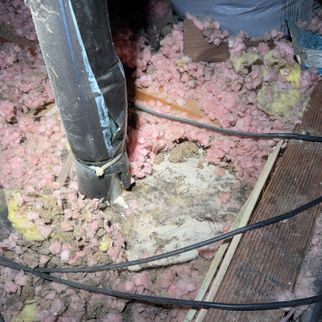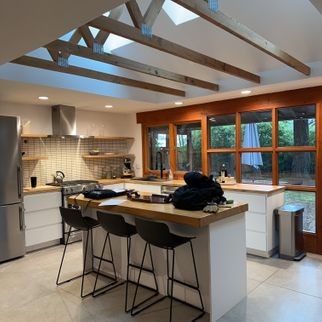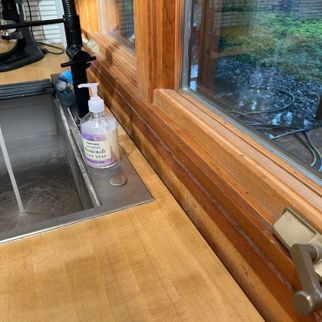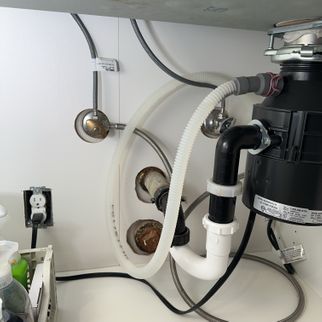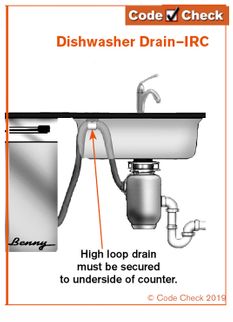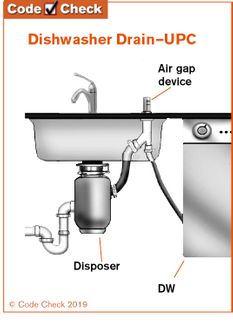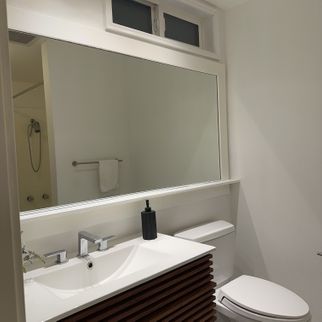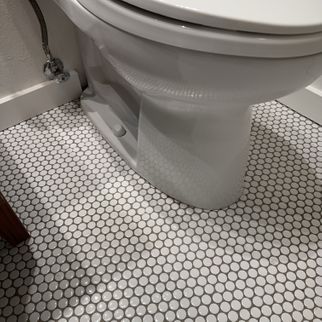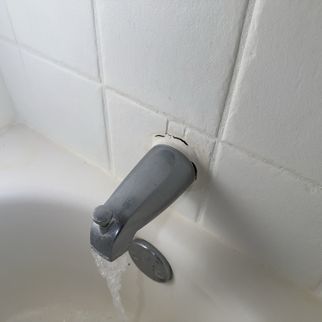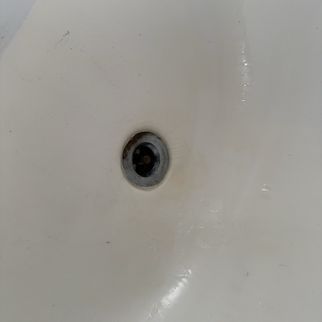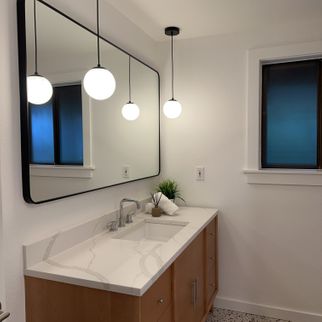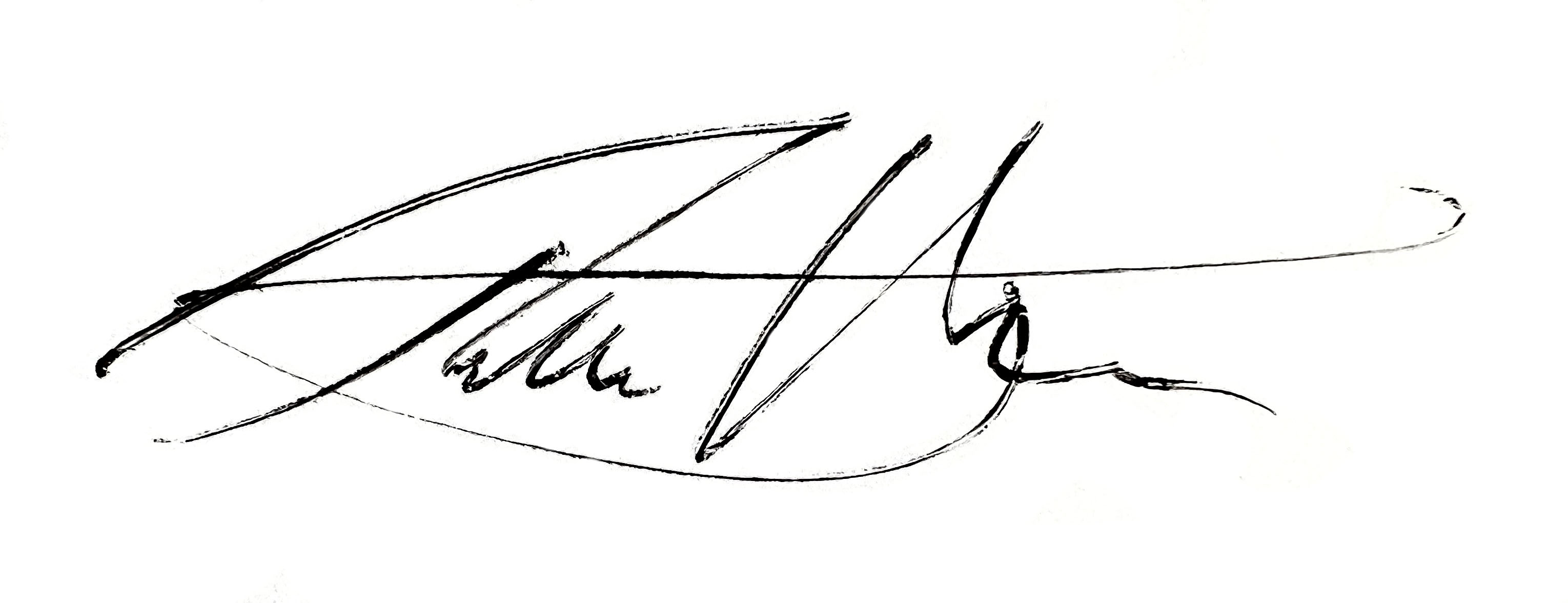
Ryan Horton, Oregon State License #247608
The Scope and Purpose of a Home Inspection
Purchasing property involves risk
The purpose of a home inspection is to help reduce the risk associated with the purchase of a structure by providing a professional opinion about the overall condition of the structure. A home inspection is a limited visual inspection and it cannot eliminate this risk. Some homes present more risks than others. We cannot control this, but we try to help educate you about what we don’t know during the inspection process. This is more difficult to convey in a report and one of many reasons why we recommend that you attend the inspection.
A home inspection is not an insurance policy
This report does not substitute for or serve as a warranty or guarantee of any kind. Home warranties can be purchased separately from insuring firms that provide this service.
A home inspection is visual and not destructive
The descriptions and observations in this report are based on a visual inspection of the structure. We inspect the aspects of the structure that can be viewed without dismantling, damaging or disfiguring the structure and without moving furniture and interior furnishings. Areas that are concealed, hidden or inaccessible to view are not covered by this inspection. Some systems cannot be tested during this inspection as testing risks damaging the building. For example, overflow drains on bathtubs are not tested because if they were found to be leaking they could damage the finishes below. Our procedures involve non-invasive investigation and non-destructive testing which will limit the scope of the inspection.
This is not an inspection for code compliance
This inspection and report are not intended for city / local code compliance. During the construction process structures are inspected for code compliance by municipal inspectors. Framing is open at this time and conditions can be fully viewed. Framing is not open during inspections of finished homes, and this limits the inspection. All houses fall out of code compliance shortly after they are built, as the codes continually change. National codes are augmented at least every three years for all of the varying disciplines. Municipalities can choose to adopt and phase in sections of the codes on their own timetables. There are generally no requirements to bring older homes into compliance unless substantial renovation is being done.
This is just our opinion
Construction techniques and standards vary. There is no one way to build a house or install a system in a house. The observations in this report are the opinions of the home inspector. Other inspectors and contractors are likely to have some differing opinions. You are welcome to seek opinions from other professionals.
The scope of this inspection
This inspection will include the following systems: exterior, roof, structure, drainage surrounding the primary residence and detached garage, foundation, attic, interior, plumbing, electrical and heating. The evaluation will be based on limited observations that are primarily visual and non-invasive. This inspection and report are not intended to be technically exhaustive.
Your expectations
The overall goal of a home inspection is to help ensure that your expectations are appropriate with the house you are proposing to buy. To this end we assist with discovery by showing and documenting observations during the home inspection. This should not be mistaken for a technically exhaustive inspection designed to uncover every defect with a building. Such inspections are available but they are generally cost-prohibitive to most home buyers. Any recommendations for further evaluation made in this report should be addressed during the inspection contingency period.
Your participation is requested
Your presence is requested during this inspection. A written report will not substitute for all the possible information that can be conveyed verbally by a shared visual observation of the conditions of the property.
How to Read This Report
Getting the Information to You
This report is designed to deliver important and technical information in a way that is easy for anyone to access and understand. If you are in a hurry, you can take a quick look at our "Summary Page” and quickly get critical information for important decision making. However, we strongly recommend that you take the time to read the full Report, which includes digital photographs, captions, diagrams, descriptions, videos and hot links to additional information.
The best way to get the layers of information that are presented in this report is to read your report online, which will allow you to expand your learning about your house. You will notice some words or series of words highlighted in blue and underlined – clicking on these will provide you with a link to additional information.
This report can also be printed on paper or to a PDF document.
Chapters and Sections
This report is divided into chapters that parcel the home into logical inspection components. Each chapter is broken into sections that relate to a specific system or component of the home. You can navigate between chapters with the click of a button on the left side margin.
Most sections will contain some descriptive information done in black font. Observation narrative, done in colored boxes, will be included if a system or component is found to be significantly deficient in some way or if we wish to provide helpful additional information about the system or the scope of our inspection. If a system or component of the home was deemed to be in satisfactory or serviceable condition, there may be no narrative observation comments in that section and it may simply say “tested,” or “inspected.”
Observation Labels
All narrative observations are colored, numbered and labeled to help you find, refer to, and understand the severity of the observation. Observation colors and labels used in this report are:
- Major Concern:Repair items that may cost significant money to correct now or in the near future, or items that require immediate attention to prevent additional damage or eliminate safety hazards.
- Repair:Repair and maintenance items noted during inspection. Please note that some repair items can be expensive to correct such as re-finishing hardwood floors, but are considered simply repair items due to their cosmetic nature.
- Recommended Maintenance:These are repair items that should be considered "routine home ownership items," such as servicing the furnace, cleaning the gutters or changing the air filters in the furnace.
- Improve:Observations that are not necessarily defects, but which could be improved for safety, efficiency, or reliability reasons.
- Due Diligence:Observation such as a buried oil tank that may require further investigation to determine the severity and / or urgency of repair.
- Efficiency:Denotes observations that are needed to make the home more energy efficient as well as to bring the home up to modern insulation standards. This category typically includes windows and insulation. Other items, such as lighting and appliances, are not inspected for their energy status.
- Note:Refers to aside information and /or any comments elaborating on descriptions of systems in the home or limitations to the home inspection.
- Description:Detailed description of various aspects of the property noted during the inspection.
Summary Page
The Summary Page is designed as a bulleted overview of all the observations noted during inspection. This helpful overview is not a substitution for reading the entire inspection report. The entire report must be read to get a complete understanding of this inspection report as the Summary Page does not include photographs or photo captions.
Summary
Major Concerns
- R-2 Roof/Attic:
This roof is done in an architectural grade or dimensional grade composition shingle over the gable portions and rolled composition over the shed roof addition. Numerous installation defects and damage were noted indicating that the roof is at or near the end of its serviceable life and repair or replacement is recommended to ensure reliable roof performance. Have a qualified roofing contractor further evaluate during the contingency period to provide guidance on the most reliable solution as well as a quote for the work needed. Examples of specific observations noted during inspection include:
- Improper use of fasteners through face of rolled roofing
- Roofing shingles suffering from granular loss. Particularly at front facing slope
- Cracked flashing and bad mastic
- Damage to ridge shingles at several locations. Some patched as a temporary repair however exposed damage still present
- Improper use of fasteners through face of shingles
- Missing kickout flashing. Likely source of leakage, particularly over a window
- Rubber flashing boots can be unreliable
This is described as a major concern due to the high cost of full roof replacement. No active leaks were noted during this inspection.
- P-6 Plumbing:
A leak in the waste plumbing was noted from the primary bathroom tub. This requires immediate repair by a plumbing contractor.
Repairs
- G-4 Grounds:
Repair the loose gate and fence post in the back yard to properly secure the fence and ensure that the gate functions as needed.
- R-3 Roof/Attic:
Several improvements are recommended to the masonry structure and there is minor damage present which should be further evaluated by a chimney specialist. Issues noted during inspection include but may not be limited to:
- Cracked and worn mortar chimney cap
- Corroded flashing. Also, cricket configuration recommended here to better shed water
- Damage to several mortar joints
- R-7 Roof/Attic:
The attic stair pulldown was noted to be broken. This unit should be repaired or replaced for safety reasons. Have this further evaluated and repaired as recommended by a qualified general contractor.
- E1-1 Exterior:
Any objects which pass through the siding should be caulked or otherwise sealed to prevent water entry into the wall interior. Larger objects, such as sconces and the outdoor receptacle cover shown here at the exterior of the kitchen, ideally would have mounting blocks present in order to allow the fixtures to be installed flush and plumb.
- E1-3 Exterior:
The section shown of the french door in the primary bedroom is difficult to open and requires adjustment or repair. It rubs against the threshold.
- E1-5 Exterior:
Evidence of wood decay was found in a portion of this deck. It is recommended that this be further evaluated and repaired by a qualified contractor. Note that a loose board was only seen at the location shown however other damage could be present which was not visible due to the proximity of the deck to the grade.
- G1-1 Garage:
The door between the house and the garage is no longer a fire rated door as a pet door has been cut into it. It is also missing a self closing mechanism. Repair is needed to complete the fire separation between the house and the garage. Standards are for the door to be steel or solid wood min 1 and 3/8 in. thick or a 20-min rated door which is self closing and latching. Have this door further evaluated and repaired as recommended by a qualified general contractor.
- E-1 Electrical:
A white conductor inside the electric panel leading to one of the 240 volt circuits is not correctly identified as a hot conductors - this should be identified with a color such as black or red for correct identification and improved safety.
- E-5 Electrical:
Several defects were noted to the electrical wiring system which require repair by an electrician. These conditions pose a fire and safety hazard and it is recommended that an electrician go through the wiring system in its entirety to make the needed repairs. Some of the issues noted during inspection include:
- Exposed nonmetallic insulated electrical wiring at front of house
- Improper connection of nonmetallic insulated electrical wiring in garage
- Loose wiring in attic (one instance shown)
- Open junction box in attic
- Unsecured wiring in crawlspace
- Loose receptacle box at front of house
- E-6 Electrical:
The missing cover plates to electric receptacles, switches and junction boxes should be installed at this time to prevent entry.
- E-7 Electrical:
The use of GFCI (Ground Fault Circuit Interruption) protection is inconsistent with modern minimum standards for safety - see exterior/laundry area. GFCI protection is recommended for the electrical receptacles in the following locations: the two dedicated kitchen appliance circuits, all receptacles within 6 feet of a sink, bathrooms, exterior, garage, unfinished basements, laundry and all wet and damp locations. GFCI's protect against electrocution by limiting the duration of an electrical shock. These are an important modern safety feature that have proven to save lives. Hire a licensed electrician to further evaluate and update GFCI protection for improved safety.
- E-8 Electrical:
The glass globe on the primary bathroom ceiling light fixture is broken and should be replaced. This poses a safety hazard.
- P-3 Plumbing:
A compression coupling and PVC piping are installed beneath the house in the approximate area of the kitchen. These materials are not intended to be installed at this location and compression couplings are not designed for permanent use. Have this improved as recommended by a qualified plumbing contractor to avoid the possibility of leaks and damage.
- P-7 Plumbing:
The waste pipe has damaged support in several locations. ABS and PVC type plastic pipe should be should be supported every 4 feet to ensure against damage and create proper slope for drainage. Hire a licensed plumber to further evaluate and repair.
- P-11 Plumbing:
The water heater thermostat is set too high - approximately 155 degrees F. This is a scald hazard. To prevent scalding, standards recommend indoor hot water temperatures do not exceed 120 degrees. Have this further evaluated and repaired by a licensed plumber or simply turn down the temperature as desired to eliminate a scald hazard.
- P-13 Plumbing:
The discharge tube for the water heater relief valve is inadequate. Discharge tubes should always terminate at the exterior, by pointing downward to eliminate a scald hazard, and should be no more than 6" off the ground. Have this improved by a plumbing contractor as it is a safety concern.
- P-14 Plumbing:
Insulation should be cleared from around the water heater vent to minimize the risk of fire. This type of vent pipe requires a minimum clearance of 1"
- LAP-1 Laundry and Additional Plumbing:
Foil or mylar transition duct was noted in use to connect the dryer to the rigid vent. This product is not recommended as it has proven to be unreliable and a potential fire hazard. A corrugated metal flex duct is recommended.
- HCFV-1 Heating, Cooling, Fireplaces and Ventilation:
It appears that the connection between the exhaust vent pipe and blower has failed. This can introduce products of combustion into the area and requires repair by a qualified HVAC technician.
- HCFV-6 Heating, Cooling, Fireplaces and Ventilation:
Too many air filters are in use for the heating and cooling system. Over-filtering HVAC air can reduce air flow and damage heating and cooling equipment. One filter at the air handler, OR one filter in each cold air return are sufficient.
- HCFV-9 Heating, Cooling, Fireplaces and Ventilation:
The ductwork in the crawl space has localized insulation failure that requires repair. Tune-up all duct insulation to ensure ducts are insulated to R-8 or better. Have ducts supported so as not to be in contact with soil in the crawlspace as this can lead to deterioration.
- HCFV-12 Heating, Cooling, Fireplaces and Ventilation:
The flue damper for the fireplace is damaged and requires repair. Hire a licensed mason or chimney sweep to further evaluate and repair.
- S-1 Structure:
Minor cracks and seepage were noted in the poured concrete foundation. The purpose of the foundation is to connect the weight of the building to well-compacted soils below the house so that the house does not move or settle. Concrete cracking can indicate poorly compacted soils below the house which could require a repair, but small cracks can also be a sign of routine concrete shrinkage. It is not possible to determine or verify the cause of these cracks during a visual inspection. The hope on older buildings is that poorly compacted soils below the foundation are now compacted by the weight of the building and no additional movement will occur. The best way to prevent on-going settlement in buildings is to keep the soils around the house as dry as possible by controlling roof and site runoff. Refer to the Grounds section of this report for any recommended improvements to site drainage
- S-3 Structure:
A floor joist has been notched or cut in such a way that it could weaken the frame system. Hire a qualified general contractor to repair as recommended to ensure adequate support. This was seen beneath the bathtub in the primary bathroom
- CS-6 Crawl Space:
The plastic sheeting in the crawlspace will not serve as an effective vapor barrier. A vapor barrier needs to have seams in plastic taped or sealed together and plastic sheeting should be sealed to the foundation wall and concrete piers. The presence of this plastic is indication that efforts to control moisture are needed which is also evidenced by damp soil. It is recommended that the vapor barrier be repaired or replaced as recommended by a crawlspace specialist.
- I-1 Interior:
The threshold strip between the primary bathroom and bedroom is loose and should be better secured to prevent damage and/or a trip hazard.
- I-5 Interior:
Several repairs are needed to the windows in order to restore normal function. Several of the casement and awning windows bind in their frames and do not properly open and the sash windows in the primary bedroom are painted on their tracks making operation difficult.
- I-8 Interior:
Areas of apparent organic growth were noted in a closet opposite the primary bathroom tub as well as the attic in the area of the pull down stairs. This should be further evaluated by a qualified environmental agency who can identify this material and determine the extent of repairs needed. Be aware that health risks are associated with the presence of certain types of organic growth
- K-3 Kitchen:
An anti-tip device is needed to prevent this range from tipping during operation of the oven door. This is a small clip that secured the back adjustable feet of the range to the floor.
- K-4 Kitchen:
An air gap is recommended to protect the dishwasher from accidental contamination if the sewer line were to back up. If an air gap cannot be installed, at least run the drain line above the level of the sink drain to create a high loop. This was an older way of protecting the dishwasher. Hire a licensed plumber to install an air gap. Please note that the old air gap looks disconnected.
- PB-2 Primary Bathroom:
The toilet in the primary bath has not been caulked to the floor. Recommend caulking the toilet to the floor and leaving a gap on the back of the toilet that remains un-caulked so if the toilet leaks, water has an escape route. The biggest risk of not caulking the toilet to the floor is that the toilet can become loose which is present in this instance. Repair as recommended by a licensed plumber.
- PB-3 Primary Bathroom:
Seal the bathtub fill spigot between the shower wall and the spigot to prevent water leakage. Note that this could involve modification to the piping to which the spigot is attached.
- PB-4 Primary Bathroom:
The stopper in the primary bathtub is missing and requires repair or replacement - or a rubber stopper can be used.
Recommended Maintenance Items
- G-2 Grounds:
Recommend cleaning and servicing the site drainage system to ensure all ground water and roof runoff is being reliably controlled and diverted away from the building.
- G-3 Grounds:
Whenever large trees are located near a house a higher level of maintenance should be expected to keep trees safe and healthy and to eliminate the risks of damage to the home or building materials. With larger trees pruning is recommended to eliminate the sail effect and reduce strain on these tress during high winds. If an arborist has not been out in the last few years, a new consultation is recommended.
- R-6 Roof/Attic:
The gutters are clogged with organic debris and require cleaning to ensure proper control of roof runoff. Clean the gutters and ensure they are unobstructed, leak free and properly sloped to drain. This is routine house maintenance; expect the need to clean gutters and downspouts regularly.
- HCFV-3 Heating, Cooling, Fireplaces and Ventilation:
Annual servicing of the gas forced air furnaces is recommended for safe and reliable heat. The furnace was tested during inspection and was operational. The design life of these forced air furnaces is 15-20 years. Recommend having it serviced and keeping it on an annual service schedule.
- HCFV-7 Heating, Cooling, Fireplaces and Ventilation:
This air conditioner is older and may have limited remaining serviceable life. The typical lifespan of an air conditioning compressor is 12-15 years. Recommend keeping this unit on an annual maintenance schedule to minimize the chances of breakdown. Budget to replace this unit some time in the near term.
- CS-4 Crawl Space:
Crawl space vents are currently blocked by organic debris in places. Remove leaves and soils from the crawl space vents and ensure the vents remain unobstructed to allow proper ventilation of the crawl space.
Improves
- G-1 Grounds:
The grade of the surrounding soil is slopping toward the building. Standards recommend a quarter inch / foot slope away from the building or better. Recommend improvements as this can result in structural issues such as settlement.
- R-8 Roof/Attic:
Installation of a fire rated door between the garage and attic space is recommended. This was not a requirement at the time the home was built however improvements are recommended for added safety.
- E1-2 Exterior:
Continuous vertical joints will be more prone to water entry than staggered seams, similar to the installation of roof shingles. Improvements are recommended otherwise more frequent maintenance will be needed to ensure a waterproof surface is maintained.
- E-9 Electrical:
This house has a recently renovated kitchen but it does not appear that the kitchen wiring system was upgraded during renovation. Older houses often had a minimal number of circuits for kitchens and older kitchens had fewer demands for electricity. Most modern kitchens have at least 7 circuits dedicated to kitchen wiring and may include requirements for AFCI and GFCI protection. Examples of modern kitchen wiring requirements include:
- Refrigerators should be on a 20-amp dedicated circuit and include GFCI protection when the refrigerator is within 6-feet of a sink or in a garage or unfinished basement.
- Dishwashers and sink disposers on dedicated 15-amp circuits
- Microwaves require a dedicated circuit and many models will require 20-amps.
- Small appliance, countertop receptacles: there should be 2, 20-amp circuits for countertops.
- Most electric ranges require 240 volt and 50-amp circuits, though this will vary by model and type
- Gas ranges and lighting will also require 15-amp circuits.
Recommend additional inspection and repair / updating of this kitchen wiring to ensure the kitchen performs reliably with all these more modern appliances.
- P-16 Plumbing:
Older hose bibs were noted on this building. Updating the hose bibs is recommended. Modern hose bibs are typically "frost free," which are (arguably) more resistant to bursting in cold weather. They also have important vacuum breakers installed which can prevent water from your hoses backing into your water supply system. In the meantime, be sure to winterize your hose bibs during cold weather to prevent from freezing and consider adding a vacuum breaker to the end of the hose bib. The following video shows a vacuum breaker. https://www.youtube.com/watch?v=1vu_YMPPM2M
- S-2 Structure:
This foundation has form wood attached in the crawlspace. Removal is recommended to eliminate a condition conducive to wood destroying organisms.
- CS-2 Crawl Space:
Several crawl space vents are currently blocked. This seems intentional and is often done in colder and dryer climate zones. In this climate zone, keeping crawl space vents open all winter is critical for keeping a dry crawl space. Implement repairs as needed to ensure vents are unobstructed. Use cardboard baffles to hold insulation up away from the vents.
- CS-3 Crawl Space:
Ventilation openings which are even with the adjacent grade can be a source of water entry into the crawlspace. Recommend that a curb or barrier be installed around this and any other opening similar to divert runoff water away from the house.
- I-2 Interior:
Minor stress cracking was seen on the interior finish in areas however does not appear to be of structural concern. Refinish as desired
- I-6 Interior:
The window and door glass in the building does not comply with modern safety standards where safety glass is recommended in specific locations such as beside doors and above bathtubs/showers. Updating this glazing to comply with modern safety glass standards is recommended.
- K-2 Kitchen:
Installation of a backsplash is recommended to prevent water entry into the gap between the countertops and wall.
Due Diligences
- GC-5 General Comments:
It is recommended that the client research any permit history and engineering (if applicable) related to work completed at this property. Researching permit history is outside the scope of a general home inspection and no assumption can be made whether or not work was completed with oversight from the local building department. Be aware that unpermitted work does carry a higher risk of latent defects or concealed damage which cannot be seen during the course of a noninvasive evaluation. Some items which appear to have been recently modified or upgraded include but may not be limited to:
- Addition at side of house
- Interior remodel
- R-4 Roof/Attic:
The NFPA (National Fire Protection Association) recommends an annual inspection of all chimneys, fireplaces, solid fuel-burning appliances, and vents. They also recommend an NFPA 211 Standard, Level II inspection upon sale or transfer of the property. A Level II inspection includes, not only cleaning the interior of the chimney pipe, but also the use of specialized tools and testing procedures such as video cameras, etc. to thoroughly evaluate the serviceability of the entire flue lining and fireplace/chimney system. Level II inspections are not always needed, especially for short simple flues that can be inspected visually after a cleaning. If a chimney cleaning has not been performed over the past 12 months, such an inspection is recommended before home changes ownership---for fire safety reasons. Implement any repairs as recommended.
- E-4 Electrical:
This home has a generator for back-up electric power supply. Generator systems are beyond the scope of this inspection. I recommend inquiring with the seller for more information regarding operation and maintenance of this system. Generators need to be run and serviced regularly to ensure reliable operation. If service has not been completed within the past year, it is recommended that it be completed as soon as is practical.
- P-2 Plumbing:
A backflow prevention device was seen on this property. Backflow can be a public health concern when drinking water pipes are connected to other types of piping systems, such as a lawn irrigation system or a fire sprinkler system in a large building, or to other sources of water. Backflow contamination is preventable by installing and maintaining an approved backflow prevention assembly. To protect you and your neighbors, backflow assemblies are required for many commercial and residential water customers. You, the property owner, are responsible for installing, testing, and maintaining your backflow prevention assembly. Find out more about testing requirements and submitting test results on the Submitting backflow assembly test reports page found on the portland.gov website. Be aware that it is not possible to state the effectiveness of an anti-siphon or anti-backflow valve as a part of a general home inspection.
- P-8 Plumbing:
It was not apparent or disclosed, if this house is on a public sewer connection or on a private on-site septic system. Recommend inquiring with the seller for additional inspection and have the system inspected or video-scoped as desired to ensure reliable performance from this important system. Please note that evaluation of sewer and septic connections are beyond the scope of this home inspection.
- I-3 Interior:
Evidence of water leakage was observed on the ceiling finish and a light fixture. This was dry at the time of inspection. Inquire with the seller for any history of a leakage.
- I-7 Interior:
Traps were found in the crawl space. Inquire with the seller regarding any history of pest problems.
Efficiencies
- R-9 Roof/Attic:
The attic insulation is missing/displaced and incomplete in areas. This was seen in the attic and through use of a thermal imaging camera. For improved energy efficiency and to reduce heat loss, recommend cleaning the attic of roof and/or construction debris, repairing incomplete thermal barriers, and re-insulating to modern standard or to best possible levels. Seal all air leakage points during repairs and be sure all projects such as wiring and bath fans have been completed.
- CS-5 Crawl Space:
The under-floor insulation in the crawl space is sagging and not touching the sub-floor, as such, it is not performing as intended. Use inset string to support the sub-floor insulation up against the sub-floor. The insulation must be in substantial contact with the surface it is insulating to perform as intended.
Notes
- GC-1 General Comments:
This home was occupied at the time of the inspection. Inspection of occupied homes presents some challenges as occupant belongings can obstruct visual inspection of and access to parts of the building. We do our best during inspection to work around belongings to discover as much as possible about the house without moving or damaging personal property, however, the presence of personal items does limit the inspection.
- G-5 Grounds:
Storage sheds are not included as a part of a home inspection. These types of buildings are typically constructed without the need for oversight from the local building department therefore there is no standard to which they can be compared.
- G1-2 Garage:
Storage in the garage inhibited visual inspection of this space in its entirety. Be aware that there is the possibility that defects are present which were not seen or able to be commented on.
- E-10 Electrical:
Carbon monoxide alarms were found and noted during inspection. Be sure to check these regularly. The standard is 1/ floor and 1 outside all sleeping areas.
- E-13 Electrical:
The link below includes important information about smoke alarms that could save lives in the event of a fire. There are two basic types of smoke alarms: ionization, which are better at detecting flaming fires and photoelectric, which are better at detecting smoldering fires. Standards in the building industry are moving toward recommending BOTH types of detectors in the home. It is nearly impossible to accurately test smoke alarms during a home inspection and the testing performed during inspection only shows that the units are powered and that the audible alarm is functional, not if the alarms will activate in the event of a fire. Recommend learning more about these important life saving devices and consider installing both types of smoke detectors in your home.
- P-4 Plumbing:
There are abandoned plumbing connections for a clothes washer in the primary bedroom closet. These are likely connected to older plumbing which has since been upgraded however this was not able to be verified. If removal is to be completed, it is recommended that this be done by a plumbing contractor or other qualified contractor to ensure against water damage to the home.
- P-15 Plumbing:
Corrosion was seen on the top of the tank which could be indication of a prior leak. No leakage was noted at the time of inspection.
- LAP-2 Laundry and Additional Plumbing:
Sprinkler and irrigation systems are beyond the scope of this inspection. Be sure sprinkler heads are adjusted so the system is not watering the side of the house. Hire a specialist to further evaluate this system as desired.
- HCFV-8 Heating, Cooling, Fireplaces and Ventilation:
The air conditioning system could not be tested during inspection. Outdoor temperatures should exceed 65 degrees F for at least 24-hours or the air conditioning equipment can be damaged by testing. Recommended having this system serviced and inspected prior to the next cooling season.
- HCFV-10 Heating, Cooling, Fireplaces and Ventilation:
There is a vent fan installed in a closet which appears to have previously been a laundry room. This fan is worn and noisy in operation however there is currently no need for a fan here. Remove as desired.
The Full Report
Grounds
Drainage and Site Characteristics
Driveways/Walkways/Flatwork
Grounds, Trees and Vegetation
Fences
Outbuilding
Roof/Attic
Overview
Roof Materials
Chimneys
Skylights
Gutters and Downspouts
Attic Access
Roof Framing and Sheathing
Attic Insulation
Attic and Roof Cavity Ventilation
Electrical
Electric Service
Service Equipment
Sub Panel - Garage
Sub Panel - Generator Transfer
Generator Equipment
Branch Wiring
Receptacles and Fixtures
Smoke and Carbon Monoxide Alarm Systems
Electrical Bonding System
Plumbing
Location of Main Water Shut Off
Water Service Supply
Distribution Pipe
Waste Pipe and Discharge
Water Heater
Exterior Hose Bibs
Heating, Cooling, Fireplaces and Ventilation
Heating and Cooling System
Air Filters
Cooling Systems
Heating and Cooling Distribution Systems
Mechanical Ventilation Systems
Solid Fuel Fireplaces
Interior
Floors and Floor Materials
Walls, Ceilings, Trim and Closets
Wall Insulation and Air Bypass
Interior Doors
Windows
Pests
Indoor Air Quality
Kitchen
Overview
Sinks and Faucets
Cabinets and Countertops
Ventilation Method
Appliances
General Kitchen Condition
Primary Bathroom
Overview
Sinks and Cabinets
Toilet
Bathtub / Shower
Bathroom Ventilation
General Bath Condition
General Comments
Building Characteristics, Conditions and Limitations
Type of Building : Residential Single Family (1 story)
Approximate Year of Original Construction: 1969
Unless the wiring in the building has been fully updated, this building likely has wiring that predates the late 1980's. Branch circuit wiring installed in buildings built prior to the late 1980s is typically rated for a maximum temperature of only 60 degrees Celsius. This includes non-metallic sheathed (Romex) wiring, and both BX and AC metal-clad flexible wiring. Knob and tube wiring, typically installed in homes built prior to 1950, may be rated for even lower maximum temperatures. Newer electric fixtures including lighting and fans typically require wiring rated for 90 degrees Celsius. Connecting newer fixtures to older, 60-degree-rated wiring is a potential fire hazard. Repairs for such conditions may involve replacing the last few feet of wiring to newer fixtures with new 90-degree-rated wire, and installing a junction box to join the old and new wiring. It is beyond the scope of this inspection to determine if any such incompatible components are installed. Based on the age of this building, be aware that such components may be present.
In 1978, federal laws were passed to prohibit use of lead and asbestos in building materials. Manufacturers of building materials were allowed to sell existing stocks of materials that were manufactured with lead and asbestos, so even buildings constructed as late as the mid-1980's could possibly contain lead or asbestos. Identification and testing for lead and asbestos and other environmental testing is beyond the scope of this home inspection. If you wish to seek additional information, recommend contacting an environmental lab or industrial hygienist.
Solid conductor aluminum wiring was used in residential construction for 15 and 20-amp circuits in the 1960's through the 1970's. This wiring has proven to be problematic and a fire hazard, primarily due to problems with loose connections and metal fatigue. No signs of the presence of this wiring were found. There is always a chance that solid conductor aluminum wiring exists and is concealed from view. If this wiring is ever uncovered during subsequent renovation work, recommend removal and replacement.
Attending the Inspection: Buyer and Buyer's Agent
Occupancy: Occupied
Weather during the inspection: Heavy Rain
Approximate temperature during the inspection: Below 50[F]
Ground/Soil surface conditions: Saturated
For the Purposes of This Report, the Front Door Faces: West
This home was occupied at the time of the inspection. Inspection of occupied homes presents some challenges as occupant belongings can obstruct visual inspection of and access to parts of the building. We do our best during inspection to work around belongings to discover as much as possible about the house without moving or damaging personal property, however, the presence of personal items does limit the inspection.
It is recommended that the client research any permit history and engineering (if applicable) related to work completed at this property. Researching permit history is outside the scope of a general home inspection and no assumption can be made whether or not work was completed with oversight from the local building department. Be aware that unpermitted work does carry a higher risk of latent defects or concealed damage which cannot be seen during the course of a noninvasive evaluation. Some items which appear to have been recently modified or upgraded include but may not be limited to:
- Addition at side of house
- Interior remodel
Grounds
Drainage and Site Characteristics
Clearance to Grade: Standard
Downspout Discharge: Above grade, Below grade
Site Description: Grade Toward Building
Recommend cleaning and servicing the site drainage system to ensure all ground water and roof runoff is being reliably controlled and diverted away from the building.
Driveways/Walkways/Flatwork
Driveway: Concrete
Walkways: Concrete
Grounds, Trees and Vegetation
Trees/Vegetation too near building: No
Whenever large trees are located near a house a higher level of maintenance should be expected to keep trees safe and healthy and to eliminate the risks of damage to the home or building materials. With larger trees pruning is recommended to eliminate the sail effect and reduce strain on these tress during high winds. If an arborist has not been out in the last few years, a new consultation is recommended.
Fences
Present
Roof/Attic
Roof Materials
Method of Roof Inspection: Walked on roof
Roof Style: Gable, Shed
Flashings: Non-Standard
Roof Covering Materials: Architectural grade composition shingle, Rolled roofing
Approximate Remaining Life Expectancy: Nearing end of serviceable life
Overlay Roof: No
This roof is done in an architectural grade or dimensional grade composition shingle over the gable portions and rolled composition over the shed roof addition. Numerous installation defects and damage were noted indicating that the roof is at or near the end of its serviceable life and repair or replacement is recommended to ensure reliable roof performance. Have a qualified roofing contractor further evaluate during the contingency period to provide guidance on the most reliable solution as well as a quote for the work needed. Examples of specific observations noted during inspection include:
- Improper use of fasteners through face of rolled roofing
- Roofing shingles suffering from granular loss. Particularly at front facing slope
- Cracked flashing and bad mastic
- Damage to ridge shingles at several locations. Some patched as a temporary repair however exposed damage still present
- Improper use of fasteners through face of shingles
- Missing kickout flashing. Likely source of leakage, particularly over a window
- Rubber flashing boots can be unreliable
This is described as a major concern due to the high cost of full roof replacement. No active leaks were noted during this inspection.
Chimneys
Present
Chimney Material: Masonry
Chimney Flue Liners: Present
Several improvements are recommended to the masonry structure and there is minor damage present which should be further evaluated by a chimney specialist. Issues noted during inspection include but may not be limited to:
- Cracked and worn mortar chimney cap
- Corroded flashing. Also, cricket configuration recommended here to better shed water
- Damage to several mortar joints
The NFPA (National Fire Protection Association) recommends an annual inspection of all chimneys, fireplaces, solid fuel-burning appliances, and vents. They also recommend an NFPA 211 Standard, Level II inspection upon sale or transfer of the property. A Level II inspection includes, not only cleaning the interior of the chimney pipe, but also the use of specialized tools and testing procedures such as video cameras, etc. to thoroughly evaluate the serviceability of the entire flue lining and fireplace/chimney system. Level II inspections are not always needed, especially for short simple flues that can be inspected visually after a cleaning. If a chimney cleaning has not been performed over the past 12 months, such an inspection is recommended before home changes ownership---for fire safety reasons. Implement any repairs as recommended.
Skylights
Insulated curb style
Gutters and Downspouts
Gutter and Downspout Materials: Aluminum
The gutters are clogged with organic debris and require cleaning to ensure proper control of roof runoff. Clean the gutters and ensure they are unobstructed, leak free and properly sloped to drain. This is routine house maintenance; expect the need to clean gutters and downspouts regularly.
Attic Access
Walked
The attic stair pulldown was noted to be broken. This unit should be repaired or replaced for safety reasons. Have this further evaluated and repaired as recommended by a qualified general contractor.
Installation of a fire rated door between the garage and attic space is recommended. This was not a requirement at the time the home was built however improvements are recommended for added safety.
Roof Framing and Sheathing
Rafters: Truss
Sheathing: Plywood
Attic Insulation
Insulation Type: Fiberglass, Cellulose
The attic insulation is missing/displaced and incomplete in areas. This was seen in the attic and through use of a thermal imaging camera. For improved energy efficiency and to reduce heat loss, recommend cleaning the attic of roof and/or construction debris, repairing incomplete thermal barriers, and re-insulating to modern standard or to best possible levels. Seal all air leakage points during repairs and be sure all projects such as wiring and bath fans have been completed.
Attic and Roof Cavity Ventilation
Attic Ventilation Method: Soffit vents, Roof jack vents
Attic and roof cavity ventilation is a frequently-misunderstood element of residential construction. All roof cavities are required to have ventilation. The general default standard is 1 to 150 of the attic area and ideally, this comes from at least 60% lower roof cavity ventilation and 40% upper however this is an over-simplifications of the subject. As a good guiding principle the most important elements for healthy attic spaces, which are traditionally insulated and ventilated are:
- Make sure the ceiling between the living space and the attic is airtight
- Ventilate consistently across the whole lower part of the roof cavity with low, intake soffit venting
- Upper roof cavity venting is less important and if over-installed can exacerbate air migration into the attic from the living space.
- Avoid power ventilators which can depressurize the attic and exacerbate air migration from the house into the attic.
For more information, please see: Link
Unless otherwise noted in this section, attic ventilation appeared to be sufficient and properly installed.
Exterior
Siding and Trim
Trim Material: Wood
Siding Material: Wood
Any objects which pass through the siding should be caulked or otherwise sealed to prevent water entry into the wall interior. Larger objects, such as sconces and the outdoor receptacle cover shown here at the exterior of the kitchen, ideally would have mounting blocks present in order to allow the fixtures to be installed flush and plumb.
Eaves
Open rafters
Exterior Doors
Sliding glass, French doors
Exterior Window Frames
Wood
Deck - Front Yard
Present
To see a prescriptive guide for residential wood deck construction click this link.
Deck Structure: Not visible
Deck Ledger Board: Not visible
Guardrail: None needed
Decking Material: Softwood
Evidence of wood decay was found in a portion of this deck. It is recommended that this be further evaluated and repaired by a qualified contractor. Note that a loose board was only seen at the location shown however other damage could be present which was not visible due to the proximity of the deck to the grade.
Deck - Back Yard
Present
To see a prescriptive guide for residential wood deck construction click this link.
Deck Structure: Ground contact treated lumber
Deck Ledger Board: Not visible
Guardrail: None needed
Decking Material: Softwood
Garage
Interior and Mechanical
Attached
Automatic Garage Opener: Present
Garage Door Type: Metal
Garage Slab: Concrete
The door between the house and the garage is no longer a fire rated door as a pet door has been cut into it. It is also missing a self closing mechanism. Repair is needed to complete the fire separation between the house and the garage. Standards are for the door to be steel or solid wood min 1 and 3/8 in. thick or a 20-min rated door which is self closing and latching. Have this door further evaluated and repaired as recommended by a qualified general contractor.
Electrical
Electric Service
Service Entrance: Below Ground
Service Equipment
Main Panel Amperage: 150 amps
Electric Service Amperage: 150 amps
Main Electric Panel Location: Garage
Panel Manufacturer: Eaton
Sub Panel - Garage
Service Conductor Size: Aluminum, #2, 100 amps
Sub Panel Amperage: 100 amps
Sub Panel Location: Garage
Sub Panel Manufacturer: Eaton
Sub Panel - Generator Transfer
Sub Panel Amperage: 60 amps
Sub Panel Location: Garage
The electrical panel appears to be in satisfactory condition. This does not guarantee proper function of over current protection devices or balance of multi-wire circuits as well as latent defects which are not visible. Note that specialty equipment such as generator circuitry is beyond the scope of a general home inspection.
Generator Equipment
This home has a generator for back-up electric power supply. Generator systems are beyond the scope of this inspection. I recommend inquiring with the seller for more information regarding operation and maintenance of this system. Generators need to be run and serviced regularly to ensure reliable operation. If service has not been completed within the past year, it is recommended that it be completed as soon as is practical.
Branch Wiring
Wire Material: Copper, Multi-strand Copper, Multi-strand Aluminum
Wiring Method: Non-metallic sheathed cable
Several defects were noted to the electrical wiring system which require repair by an electrician. These conditions pose a fire and safety hazard and it is recommended that an electrician go through the wiring system in its entirety to make the needed repairs. Some of the issues noted during inspection include:
- Exposed nonmetallic insulated electrical wiring at front of house
- Improper connection of nonmetallic insulated electrical wiring in garage
- Loose wiring in attic (one instance shown)
- Open junction box in attic
- Unsecured wiring in crawlspace
- Loose receptacle box at front of house
Receptacles and Fixtures
Inspection Method: Random Testing
Electric Receptacles: Three wire receptacles
The use of GFCI (Ground Fault Circuit Interruption) protection is inconsistent with modern minimum standards for safety - see exterior/laundry area. GFCI protection is recommended for the electrical receptacles in the following locations: the two dedicated kitchen appliance circuits, all receptacles within 6 feet of a sink, bathrooms, exterior, garage, unfinished basements, laundry and all wet and damp locations. GFCI's protect against electrocution by limiting the duration of an electrical shock. These are an important modern safety feature that have proven to save lives. Hire a licensed electrician to further evaluate and update GFCI protection for improved safety.
This house has a recently renovated kitchen but it does not appear that the kitchen wiring system was upgraded during renovation. Older houses often had a minimal number of circuits for kitchens and older kitchens had fewer demands for electricity. Most modern kitchens have at least 7 circuits dedicated to kitchen wiring and may include requirements for AFCI and GFCI protection. Examples of modern kitchen wiring requirements include:
- Refrigerators should be on a 20-amp dedicated circuit and include GFCI protection when the refrigerator is within 6-feet of a sink or in a garage or unfinished basement.
- Dishwashers and sink disposers on dedicated 15-amp circuits
- Microwaves require a dedicated circuit and many models will require 20-amps.
- Small appliance, countertop receptacles: there should be 2, 20-amp circuits for countertops.
- Most electric ranges require 240 volt and 50-amp circuits, though this will vary by model and type
- Gas ranges and lighting will also require 15-amp circuits.
Recommend additional inspection and repair / updating of this kitchen wiring to ensure the kitchen performs reliably with all these more modern appliances.
Smoke and Carbon Monoxide Alarm Systems
CO Alarms Noted: Outside all Sleeping Areas
Outside all Sleeping Areas
CO Alarms: Present
The installation of carbon monoxide alarms is recommended for all homes that have fuel burning appliances such as gas or oil furnaces, gas water heaters, gas ovens and cook-tops, gas fireplaces and wood stoves. The location should be: at least one alarm outside of all sleeping areas and one on each floor of the house. Best practices are to have these alarms hardwired with a battery back-up - though requirements are for the installation to meet manufacturer's specifications. Carbon monoxide is a colorless, odorless gas that can cause sickness, nausea and even death. Alarms have a useful service life of roughly 6 years, so changing them more frequently than smoke alarms is recommended.
Smoke Alarms Noted: On Main Floor
On Main Floor On 2nd Floor
On 2nd Floor In Basement
In Basement On 3rd Floor
On 3rd Floor In All Bedrooms
In All Bedrooms In Bonus Room
In Bonus Room
Smoke Alarms: Present
For reliability, fire marshals recommended updating smoke alarms every 10 years and changing batters bi-annually. The latest data indicate that we should be using photo-electric technology in our smoke alarms for improved fire detection and to reduce problems with false alarms which can lead to disabling of this important safety system. Unfortunately, the alarms have to be removed to determine if they are photo-electric or ionization types. It is surprisingly complex to accurately test a smoke alarm system and determine the reliability, age, and type of sensor technology used, especially as many homes can have half a dozen or more alarms throughout the house. Evaluation of the efficacy of smoke alarms is beyond the scope of this inspection and alarms are only operated to determine if there is power to the unit(s) and if the audible alarm functions. Be aware that the test function on the detector(s) only verifies that the audible alarm functions, not if they will operate reliably. For optimal fire safety, it is recommended to learn about how to service and maintain your smoke alarm system to keep the building occupants safe. For more information, please read this link. For more information, please read this link.
Carbon monoxide alarms were found and noted during inspection. Be sure to check these regularly. The standard is 1/ floor and 1 outside all sleeping areas.
The link below includes important information about smoke alarms that could save lives in the event of a fire. There are two basic types of smoke alarms: ionization, which are better at detecting flaming fires and photoelectric, which are better at detecting smoldering fires. Standards in the building industry are moving toward recommending BOTH types of detectors in the home. It is nearly impossible to accurately test smoke alarms during a home inspection and the testing performed during inspection only shows that the units are powered and that the audible alarm is functional, not if the alarms will activate in the event of a fire. Recommend learning more about these important life saving devices and consider installing both types of smoke detectors in your home.
Electrical Bonding System
Present - Could Not Confirm, Bonding Noted on Water Pipes
Bonding connections were noted on the water pipes.
Plumbing
Location of Main Water Shut Off
Water Service Supply
Pipe Material: Copper
Water Supply: Public water
Water Pressure: 70 PSI
Pressure Reducing Valve: None noted
Main Water Shut-off Location: Garage
A backflow prevention device was seen on this property. Backflow can be a public health concern when drinking water pipes are connected to other types of piping systems, such as a lawn irrigation system or a fire sprinkler system in a large building, or to other sources of water. Backflow contamination is preventable by installing and maintaining an approved backflow prevention assembly. To protect you and your neighbors, backflow assemblies are required for many commercial and residential water customers. You, the property owner, are responsible for installing, testing, and maintaining your backflow prevention assembly. Find out more about testing requirements and submitting test results on the Submitting backflow assembly test reports page found on the portland.gov website. Be aware that it is not possible to state the effectiveness of an anti-siphon or anti-backflow valve as a part of a general home inspection.
Distribution Pipe
Supply Pipe Materials: Copper, PEX
Functional Flow: Average
Circulation Pump: None Noted
 Angle Stops Testing Note
Angle Stops Testing Note
Angle stops are the shut offs located below plumbing fixtures such as sinks and toilets. These are designed so that water can be shut off locally to a fixture without shutting off the water to the entire house so that localized fixtures can be serviced and repaired or replaced. Home inspectors do NOT test angle stops during inspection as there is a risk of leakage which could cause damage to the home.
A compression coupling and PVC piping are installed beneath the house in the approximate area of the kitchen. These materials are not intended to be installed at this location and compression couplings are not designed for permanent use. Have this improved as recommended by a qualified plumbing contractor to avoid the possibility of leaks and damage.
There are abandoned plumbing connections for a clothes washer in the primary bedroom closet. These are likely connected to older plumbing which has since been upgraded however this was not able to be verified. If removal is to be completed, it is recommended that this be done by a plumbing contractor or other qualified contractor to ensure against water damage to the home.
Waste Pipe and Discharge
Discharge Type: Unknown
Please note that there is the possibility that a system is not as it is listed; for example, a property could be listed as a public sewer system when in fact it is on a private septic system. This is unlikely, but is another reason why we recommend further evaluation of all sewage discharge systems.
Waste and Vent Pipe Materials: ABS plastic, Cast Iron
It was not apparent or disclosed, if this house is on a public sewer connection or on a private on-site septic system. Recommend inquiring with the seller for additional inspection and have the system inspected or video-scoped as desired to ensure reliable performance from this important system. Please note that evaluation of sewer and septic connections are beyond the scope of this home inspection.
Water Heater
System Type: Tank
Manufacturer: Bradford-White
Size: 50 gal
Age: Approximately 4 years old
Energy Source: Gas
Temperature Pressure Relief Value: Present - Not Tested, Inadequate Discharge
The temperature and pressure relief valve is arguably one of the most important safety devices in your house. Should the thermostats fail inside your water heater, the TPRV allows excess pressure to "blow off," which will prevent catastrophic build up of temperature and pressure which can make water heaters explosive. These valves are not tested during inspection as there is a risk it could stick open and testing could cause the need for a repair. Manufacturers of these relief valves recommend that these be tested annually.
Straps : Present
The water heater thermostat is set too high - approximately 155 degrees F. This is a scald hazard. To prevent scalding, standards recommend indoor hot water temperatures do not exceed 120 degrees. Have this further evaluated and repaired by a licensed plumber or simply turn down the temperature as desired to eliminate a scald hazard.
The discharge tube for the water heater relief valve is inadequate. Discharge tubes should always terminate at the exterior, by pointing downward to eliminate a scald hazard, and should be no more than 6" off the ground. Have this improved by a plumbing contractor as it is a safety concern.
Exterior Hose Bibs
Operating
Older hose bibs were noted on this building. Updating the hose bibs is recommended. Modern hose bibs are typically "frost free," which are (arguably) more resistant to bursting in cold weather. They also have important vacuum breakers installed which can prevent water from your hoses backing into your water supply system. In the meantime, be sure to winterize your hose bibs during cold weather to prevent from freezing and consider adding a vacuum breaker to the end of the hose bib. The following video shows a vacuum breaker. https://www.youtube.com/watch?v=1vu_YMPPM2M
Laundry and Additional Plumbing
Washer Hookups
Tested
Dryer Hookups
Tested
Power Source: Electric
Exhaust Duct: Behind Dryer (Foil / Mylar Transition Duct)
Foil or mylar transition duct was noted in use to connect the dryer to the rigid vent. This product is not recommended as it has proven to be unreliable and a potential fire hazard. A corrugated metal flex duct is recommended.
Irrigation
Sprinkler and irrigation systems are beyond the scope of this inspection. Be sure sprinkler heads are adjusted so the system is not watering the side of the house. Hire a specialist to further evaluate this system as desired.
Gas Meter and Distribution
Gas Meter
Present
Gas Shutoff Location: South side of structure
Gas Pipe Materials: Steel and flex pipe
Gas, Propane and Oil Piping
Gas Piping Materials Noted: Steel
Heating, Cooling, Fireplaces and Ventilation
Heating and Cooling System
Energy Source: Natural gas
Heating Method: Gas forced air furnace
This house has a gas forced air furnace. A critical component to all combustion equipment like this is the heat exchanger. This is the welded clam-shell piece of metal inside the furnace that contains the products of combustion so that moisture, carbon monoxide and other products of combustion do not mix with interior air and get safely vented to the exterior. Heat exchangers on modern furnaces have an average life expectancy of 15-20 years. Unfortunately, heat exchangers are buried inside of heating equipment; they are not visible and specifically excluded from a home inspection.
Manufacturer: Trane
Capacity: 80,000 btu
Age: 2006
Annual servicing of the gas forced air furnaces is recommended for safe and reliable heat. The furnace was tested during inspection and was operational. The design life of these forced air furnaces is 15-20 years. Recommend having it serviced and keeping it on an annual service schedule.
Air Filters
Filtration Systems: Electronic, Disposable
The heating and cooling system has an electrostatic air filter installed. This are above-average filtration systems that can be cleaned rather than a paper disposable filter. Be sure to clean the filter at least quarterly to ensure reliable air flow. Most of these filters have 4 pieces: 2 pre-filters and 2 main filters. Be sure to disconnect the power to the unit prior to cleaning.
This heating and cooling system has disposable air filters installed. These should be changed every 30-45 days during regular use to ensure proper air flow at the furnace. Be sure to install the filters with the arrows pointing in the same direction as the air flow in the furnace.
Too many air filters are in use for the heating and cooling system. Over-filtering HVAC air can reduce air flow and damage heating and cooling equipment. One filter at the air handler, OR one filter in each cold air return are sufficient.
Cooling Systems
Manufacturer: Trane
System Type: Split system
Size: 2.5 Tons
Energy Source: Electric
Age: 2007
This air conditioner is older and may have limited remaining serviceable life. The typical lifespan of an air conditioning compressor is 12-15 years. Recommend keeping this unit on an annual maintenance schedule to minimize the chances of breakdown. Budget to replace this unit some time in the near term.
The air conditioning system could not be tested during inspection. Outdoor temperatures should exceed 65 degrees F for at least 24-hours or the air conditioning equipment can be damaged by testing. Recommended having this system serviced and inspected prior to the next cooling season.
Heating and Cooling Distribution Systems
Heat Source in Each Room: Present
Distribution Method: Forced Air / Ducts
Mechanical Ventilation Systems
Bath Fan Ducting: Ducted to exterior
Kitchen Fan Ducting: Ducted to exterior
Whole House Fans, Ventilation and HRVs: None noted
There is a vent fan installed in a closet which appears to have previously been a laundry room. This fan is worn and noisy in operation however there is currently no need for a fan here. Remove as desired.
Solid Fuel Fireplaces
Structure
Foundation
% of Foundation Not Visible: 20%
Evidence of Seismic Protection: Not visible
Building Configuration: Crawl space
Foundation Description: Poured concrete
Minor cracks and seepage were noted in the poured concrete foundation. The purpose of the foundation is to connect the weight of the building to well-compacted soils below the house so that the house does not move or settle. Concrete cracking can indicate poorly compacted soils below the house which could require a repair, but small cracks can also be a sign of routine concrete shrinkage. It is not possible to determine or verify the cause of these cracks during a visual inspection. The hope on older buildings is that poorly compacted soils below the foundation are now compacted by the weight of the building and no additional movement will occur. The best way to prevent on-going settlement in buildings is to keep the soils around the house as dry as possible by controlling roof and site runoff. Refer to the Grounds section of this report for any recommended improvements to site drainage
Floor, Wall and Ceiling Framing
Wall Framing: Not visible
Wall Sheathing: Not visible
Floor Framing: Partly visible
Sub-Floor Material: Glimpsed through insulation
Ceiling Framing: Partly visible
Crawl Space
Crawl Space Access
Method of Inspection: Crawled
During inspection of the crawl space, every effort is made to inspect the entire space. Visual inspection of crawl spaces is difficult and limited as access is often restricted by pipes, ducts and sub-floor insulation as well as limited clearances.
Crawl Space Ventilation
Ventilation Method: Exterior wall vents, Organic Debris Obstructing Vents
Several crawl space vents are currently blocked. This seems intentional and is often done in colder and dryer climate zones. In this climate zone, keeping crawl space vents open all winter is critical for keeping a dry crawl space. Implement repairs as needed to ensure vents are unobstructed. Use cardboard baffles to hold insulation up away from the vents.
Crawl space vents are currently blocked by organic debris in places. Remove leaves and soils from the crawl space vents and ensure the vents remain unobstructed to allow proper ventilation of the crawl space.
Posts and Footings
Standard
Insulation
Insulation Type: Fiberglass
Approximate R-Value: Inconsistent
The under-floor insulation in the crawl space is sagging and not touching the sub-floor, as such, it is not performing as intended. Use inset string to support the sub-floor insulation up against the sub-floor. The insulation must be in substantial contact with the surface it is insulating to perform as intended.
Moisture Conditions
Minor water noted during inspection
The plastic sheeting in the crawlspace will not serve as an effective vapor barrier. A vapor barrier needs to have seams in plastic taped or sealed together and plastic sheeting should be sealed to the foundation wall and concrete piers. The presence of this plastic is indication that efforts to control moisture are needed which is also evidenced by damp soil. It is recommended that the vapor barrier be repaired or replaced as recommended by a crawlspace specialist.
Interior
Floors and Floor Materials
Floor Materials: Cork, Tile
Floor Settlement: None noted
Walls, Ceilings, Trim and Closets
Wall and Ceiling Materials: Drywall
During this inspection, a thermal imaging camera was used to check walls and ceilings for thermal anomalies and also to check specific appliances for verification of proper function. Accessible suspect locations, if any, are then checked with a moisture meter to confirm results. Thermal imaging cameras use the infrared light spectrum to evaluate for thermal anomalies. Experienced thermographers look for clues in these thermal images that could lead us to otherwise concealed water leaks or missing air or thermal barriers. In older homes, incomplete air and thermal barriers are so common, we will only report on items that look significantly deficient and are worthy of correction. This service is included with our home inspection; it is limited and is not a complete thermal mapping of the house or scanning of all surfaces for moisture. The use of an infrared camera is well beyond the minimum standards for a home inspection. There are also limitations to thermal imaging in relation to the detection of moisture as it is a tool which only shows temperature differences. There is always the possibility that additional issues are present which were not apparent at the time of inspection which may later appear with changes in temperature or weather. A moisture meter was used in suspect areas revealed by the thermal camera to verify findings only. It was not used on all surfaces and there is the possibility that additional issues with water entry could be present. Relevant thermal images will be included in this report.
Wall Insulation and Air Bypass
Wall Insulation: Not Visible
Interior Doors
Hollow Core
Windows
Window Glazing: Double pane
Interior Window Frame: Wood
Window Styles: Casement, Single hung, Awning
The window and door glass in the building does not comply with modern safety standards where safety glass is recommended in specific locations such as beside doors and above bathtubs/showers. Updating this glazing to comply with modern safety glass standards is recommended.
Pests
Indoor Air Quality
Areas of apparent organic growth were noted in a closet opposite the primary bathroom tub as well as the attic in the area of the pull down stairs. This should be further evaluated by a qualified environmental agency who can identify this material and determine the extent of repairs needed. Be aware that health risks are associated with the presence of certain types of organic growth
Kitchen
Sinks and Faucets
Tested
Cabinets and Countertops
Countertop Material: Wood
Cabinet Material: Wood laminate
Ventilation Method
Fan Ducted to Exterior
Appliances
Refrigerator: Not inspected
Dishwasher: Operated
Dishwasher Air Gap: Present
Range/ Oven /Cook-tops: Gas, No Anti-Tip
Disposer: Operated
An air gap is recommended to protect the dishwasher from accidental contamination if the sewer line were to back up. If an air gap cannot be installed, at least run the drain line above the level of the sink drain to create a high loop. This was an older way of protecting the dishwasher. Hire a licensed plumber to install an air gap. Please note that the old air gap looks disconnected.
General Kitchen Condition
Standard
Primary Bathroom
Sinks and Cabinets
Tested
Toilet
Tested
The toilet in the primary bath has not been caulked to the floor. Recommend caulking the toilet to the floor and leaving a gap on the back of the toilet that remains un-caulked so if the toilet leaks, water has an escape route. The biggest risk of not caulking the toilet to the floor is that the toilet can become loose which is present in this instance. Repair as recommended by a licensed plumber.
Bathtub / Shower
Tested
Bathroom Ventilation
Type: Fan and window
General Bath Condition
Standard
Hall Bathroom
Sinks and Cabinets
Tested
Toilet
Tested
Bathtub / Shower
Tested
Bathroom Ventilation
Type: Fan and window
General Bath Condition
Standard
Checking Out Procedure
Check Out List
Oven: Off
Off
Lights: Off
Off Client and Realtor Still In House
Client and Realtor Still In House Client Still in House
Client Still in House Realtor Still in House
Realtor Still in House Restored to pre inspection state
Restored to pre inspection state
Heating and Cooling: Restored to Pre-inspection temperatures
Restored to Pre-inspection temperatures
Appliances: Off / finishing cycle
Off / finishing cycle


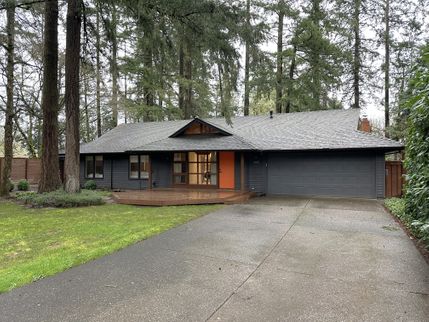

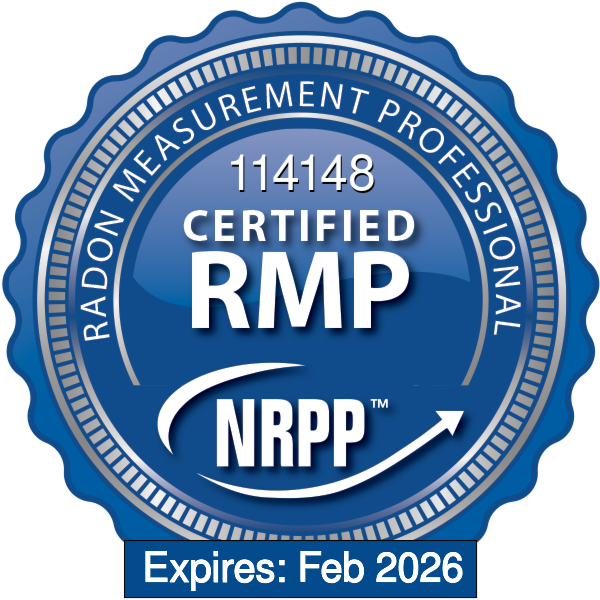
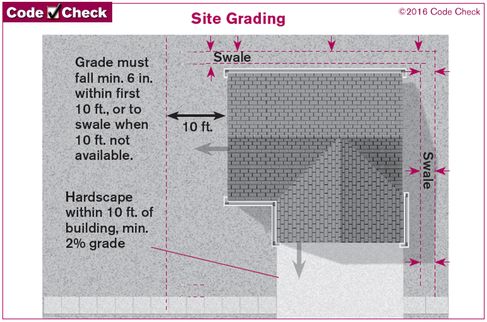
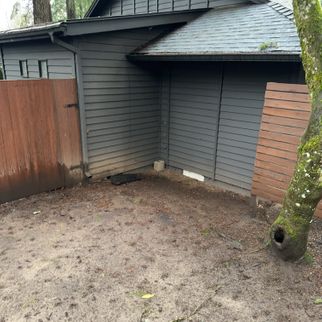
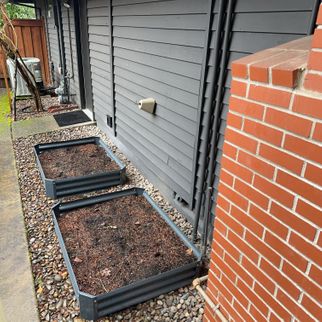
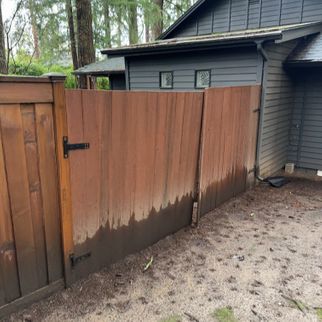
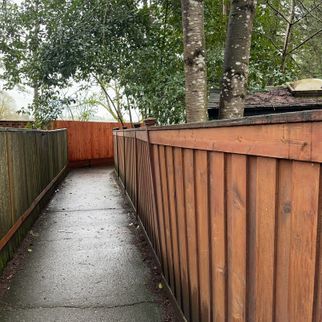
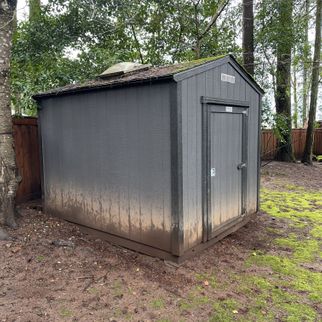
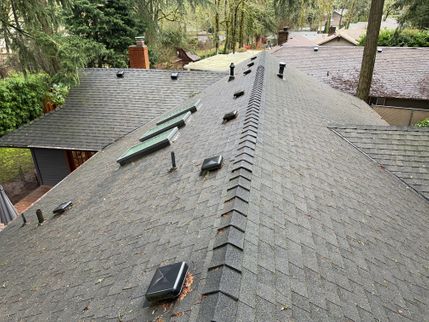
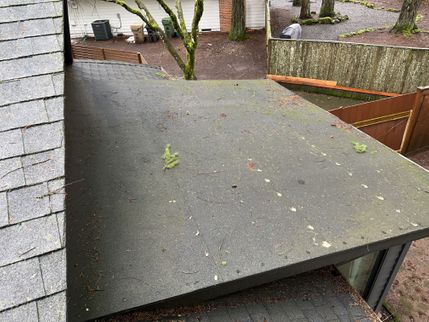
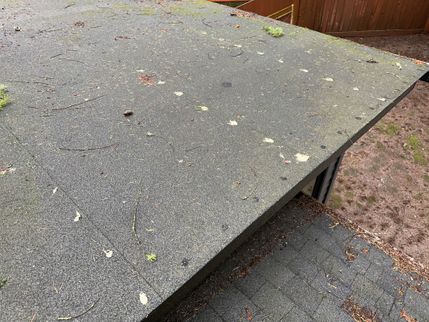
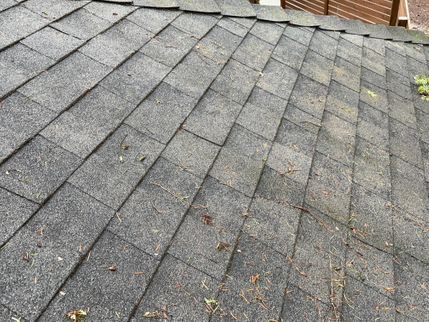
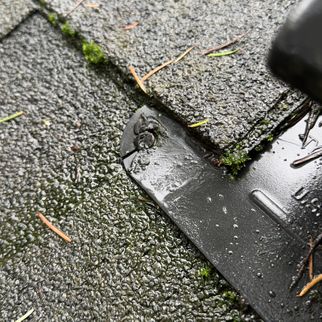
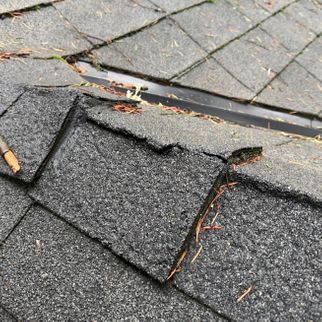
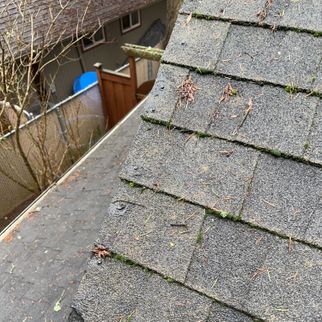
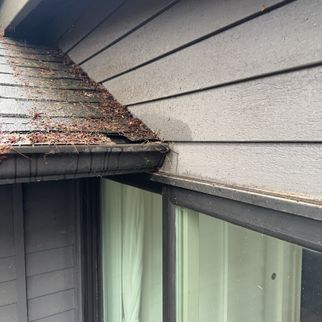
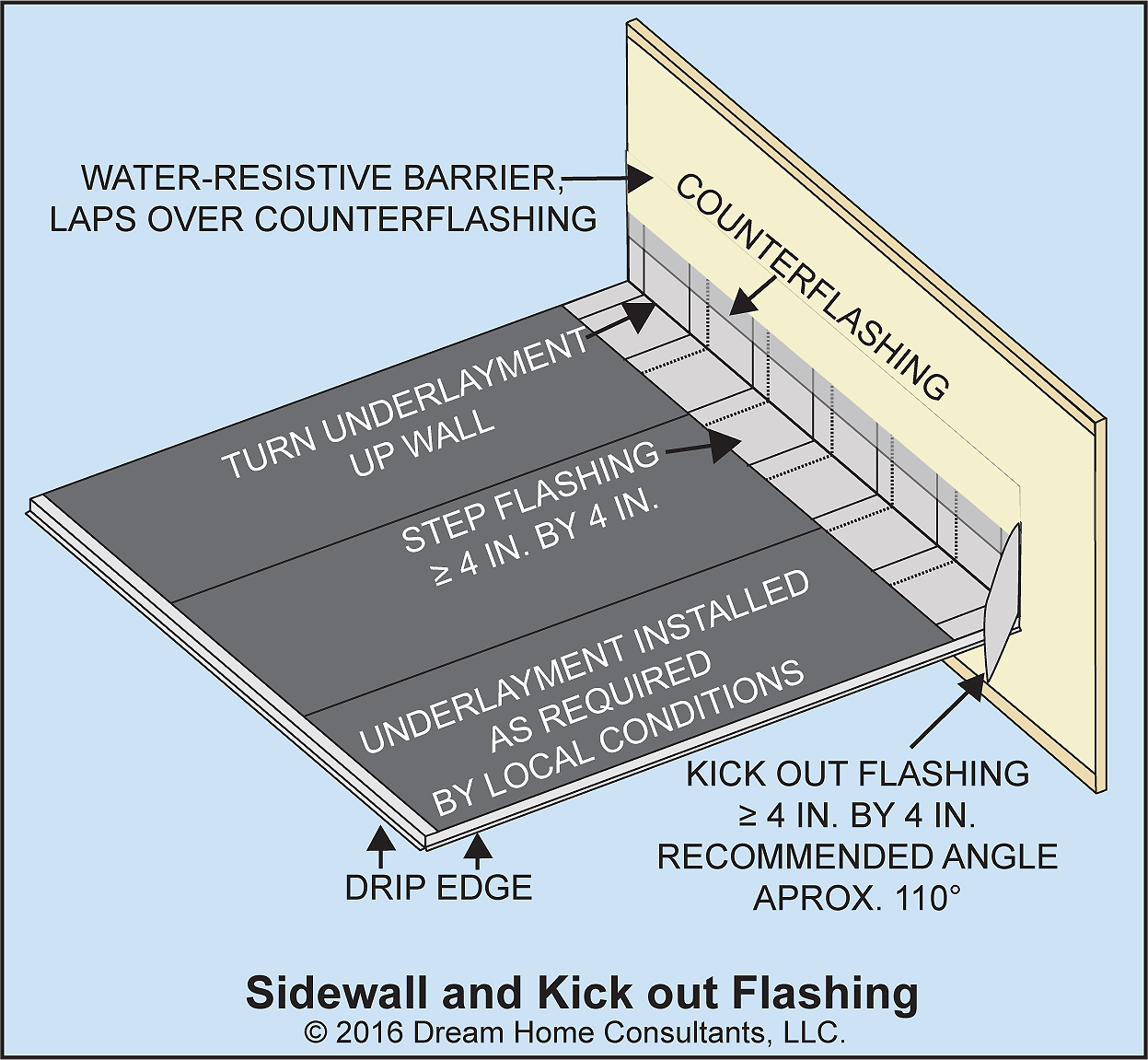
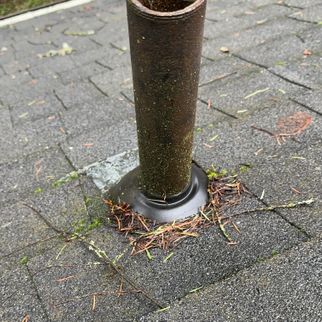
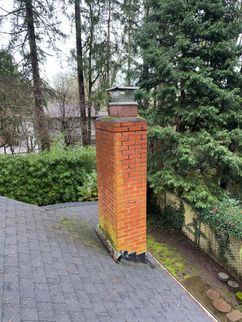
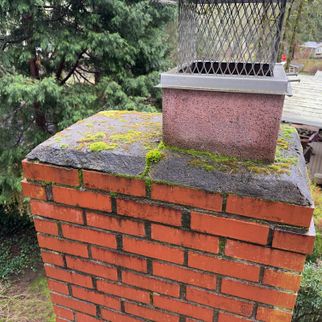
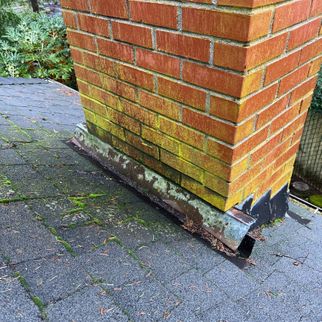
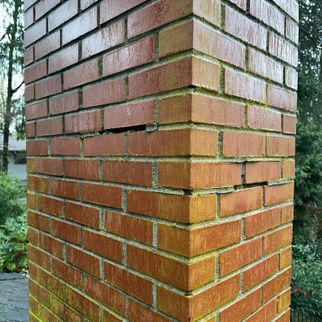
 (1).jpg)
.jpg)
.jpg)
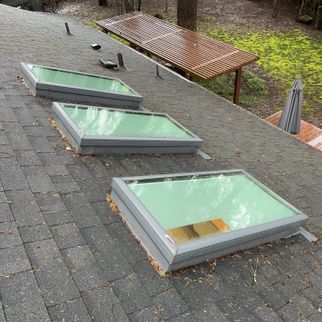
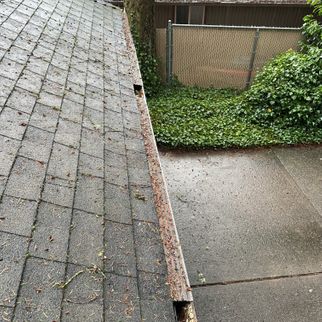
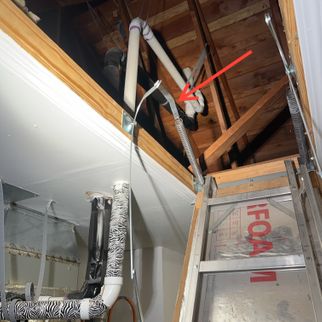
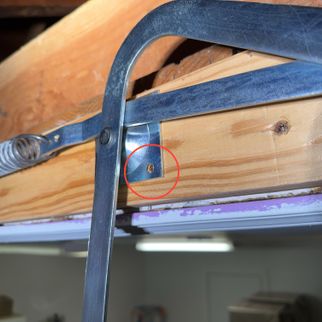
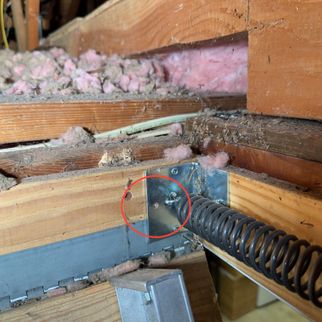
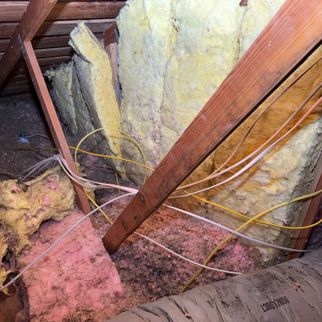
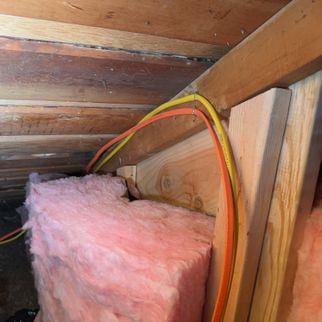
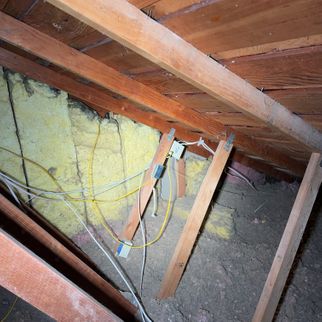
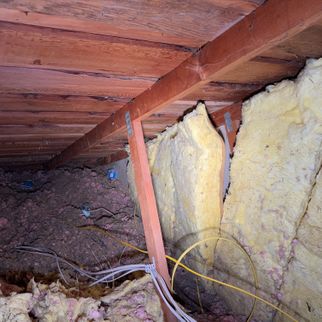
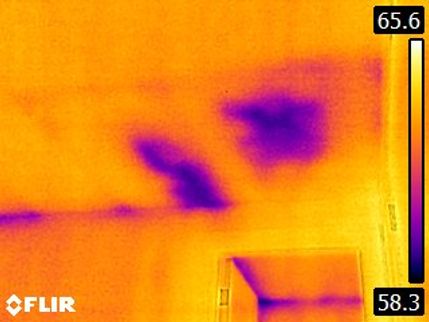
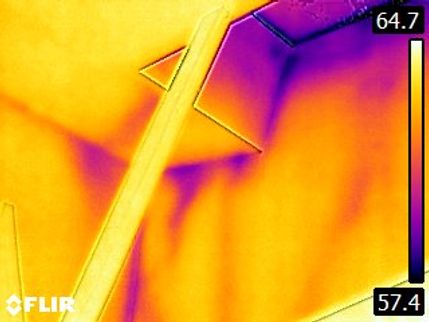
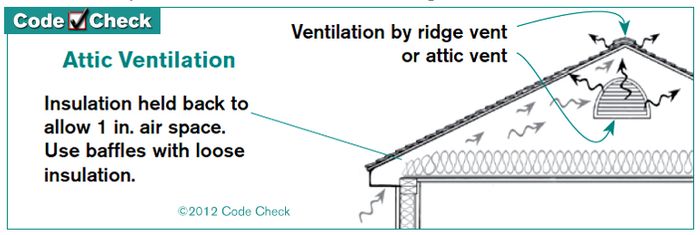
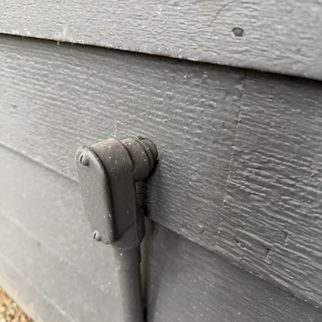
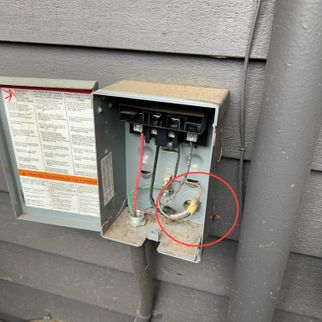
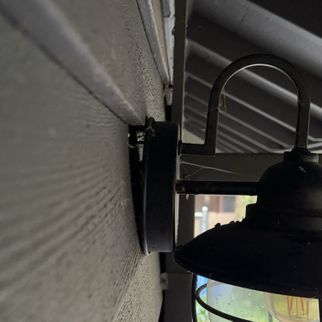
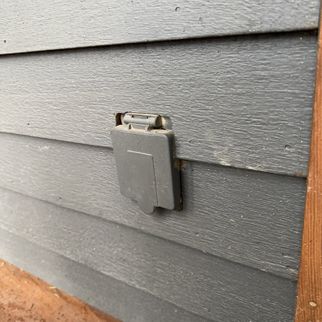
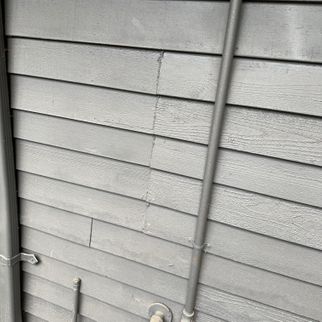
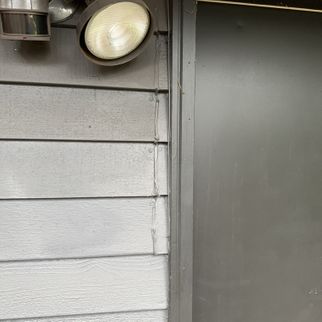
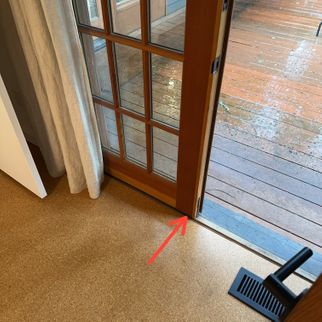
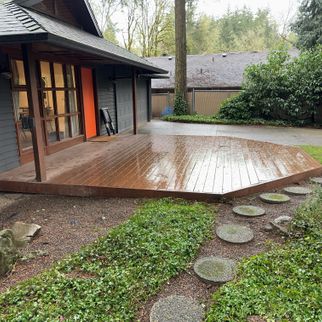
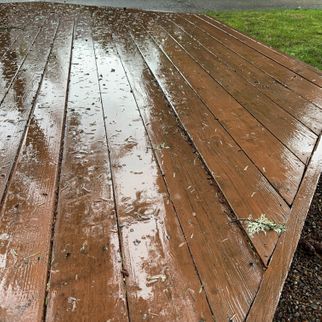
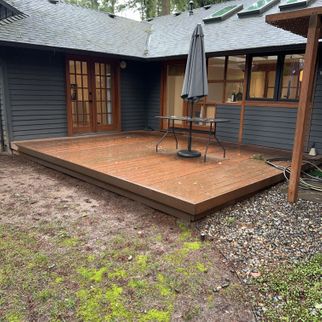
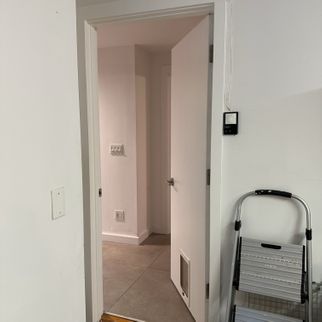
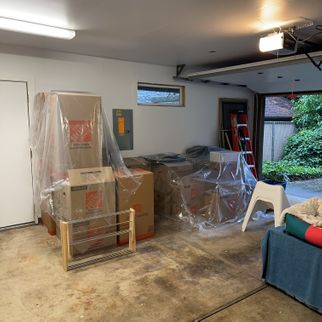
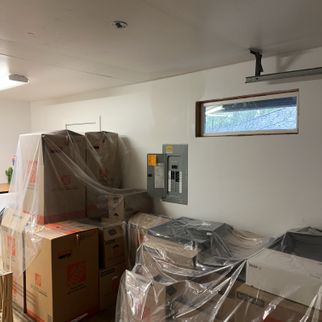
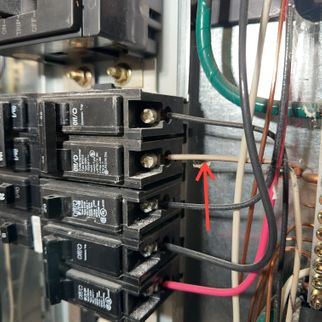
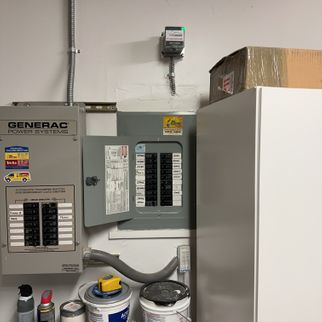
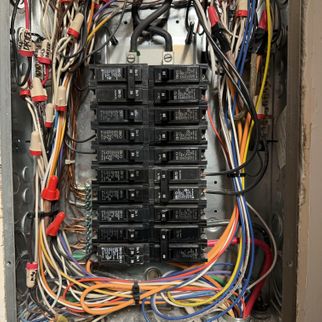
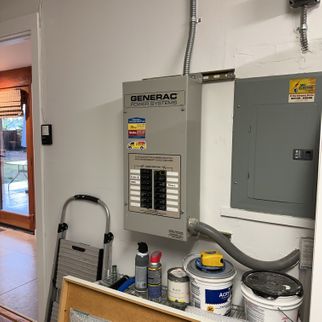
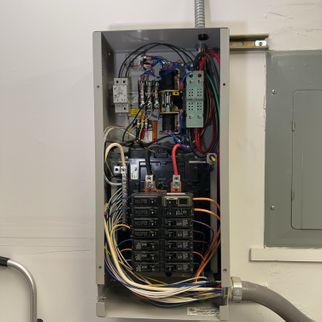
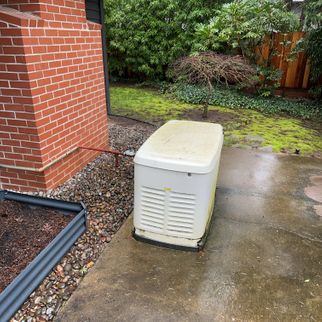
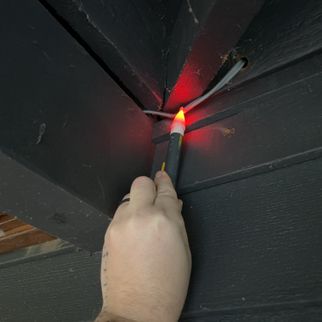
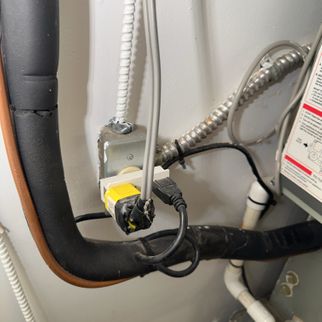
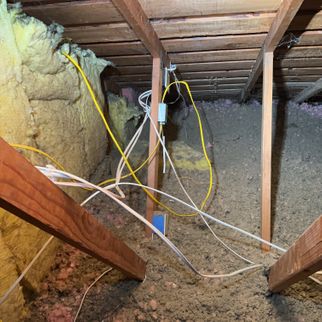
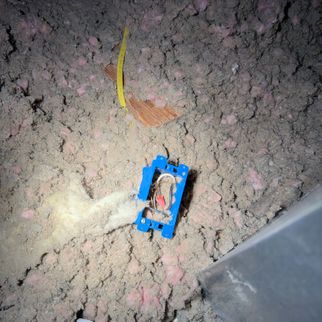
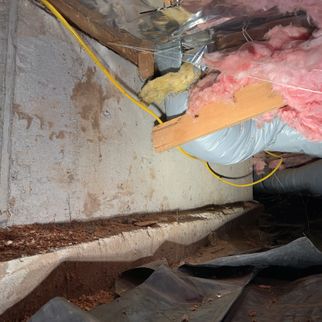
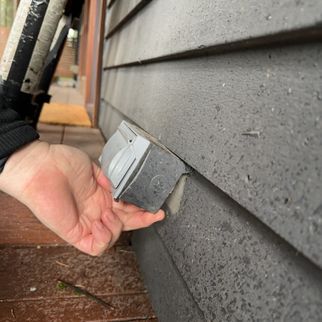
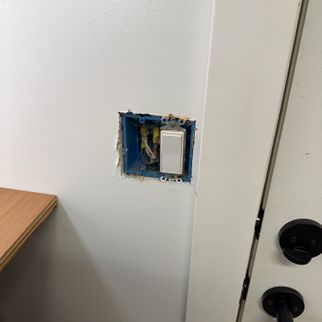
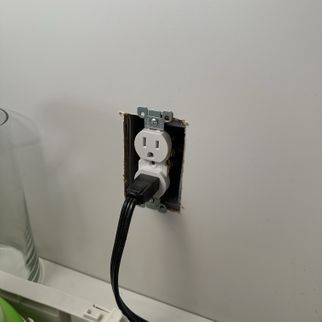
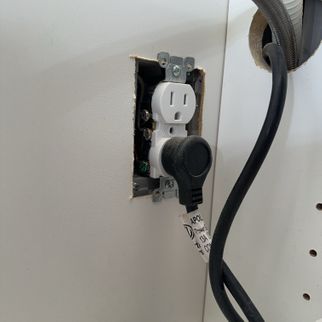
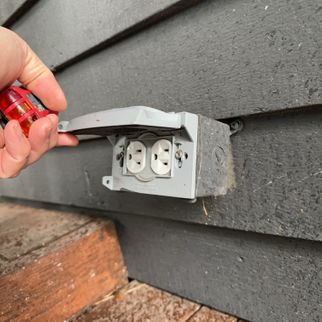
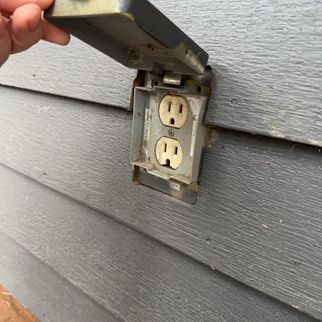
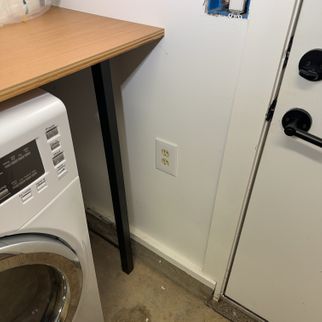
.jpg)
.png)
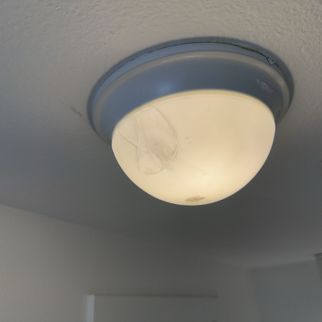
 (1).jpg)
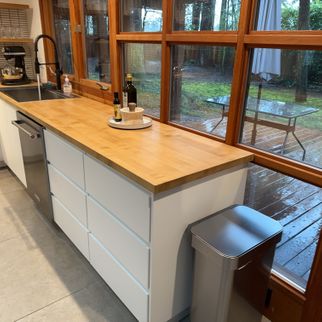
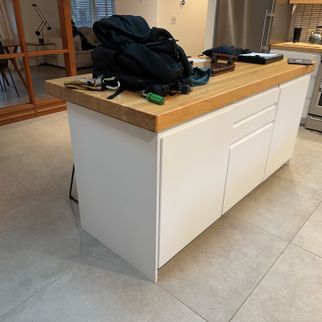
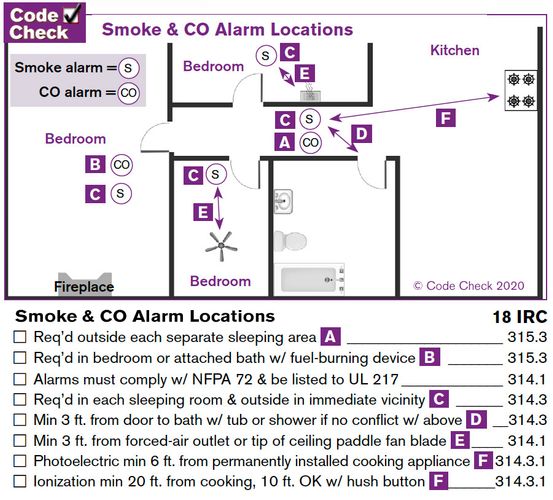
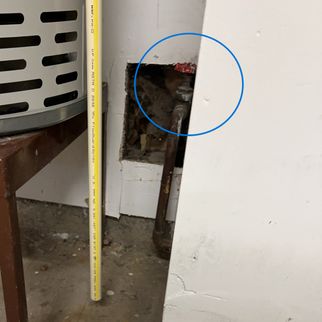
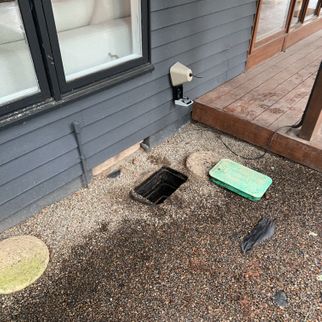
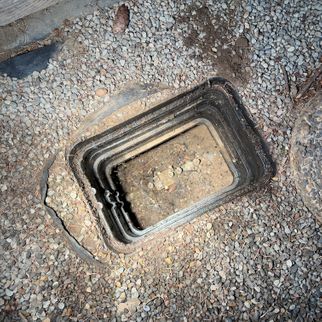
 (1) (1).png)
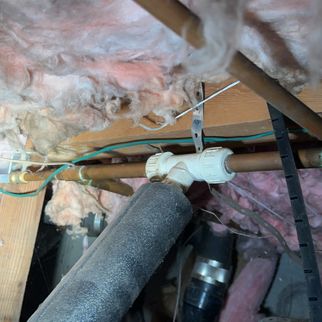
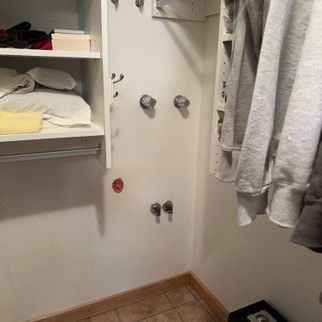
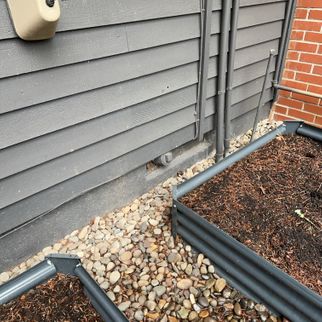
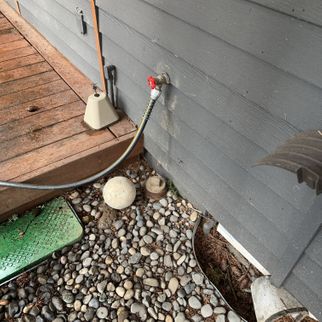
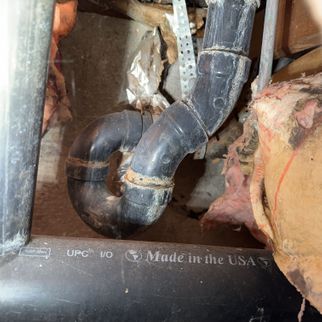
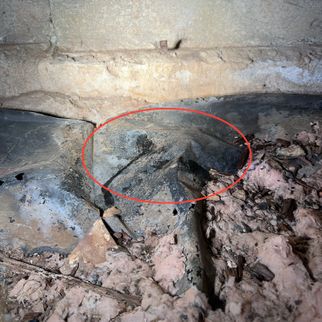
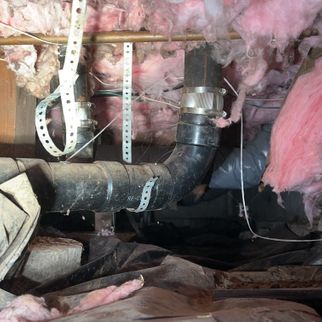
 (1) (1) (1).jpg)
 (1).jpg)
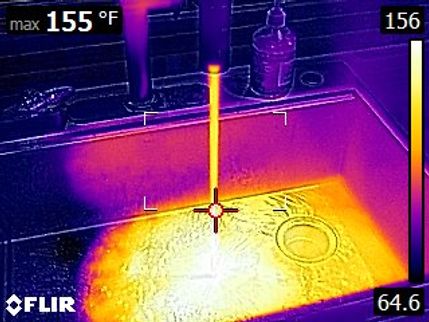
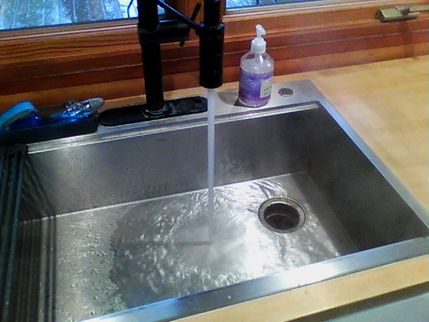
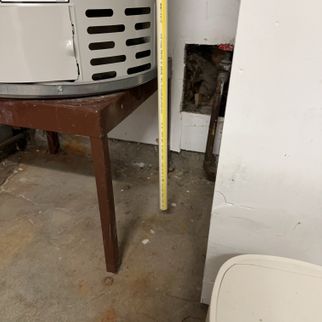
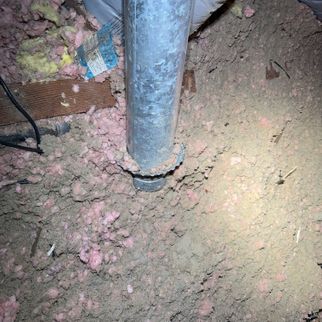
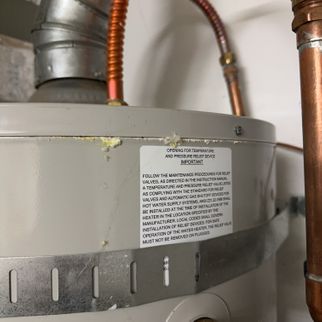
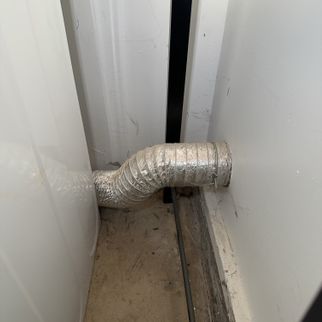
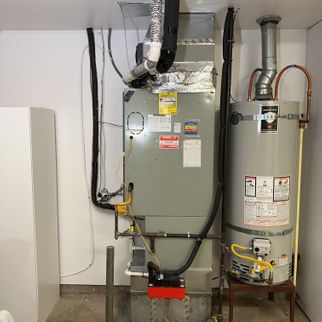
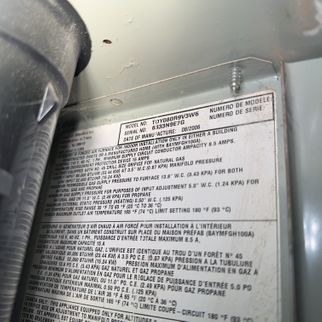
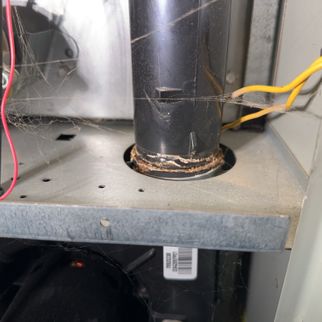
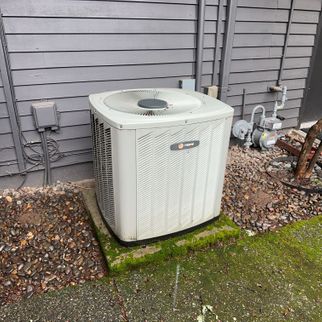
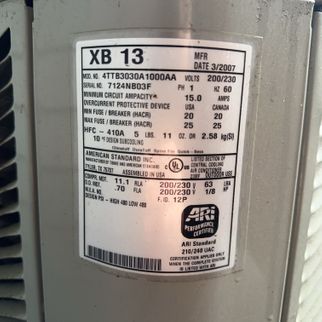
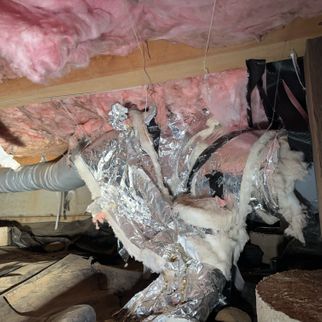
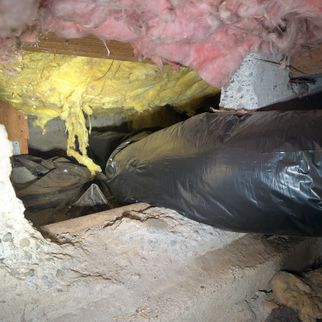
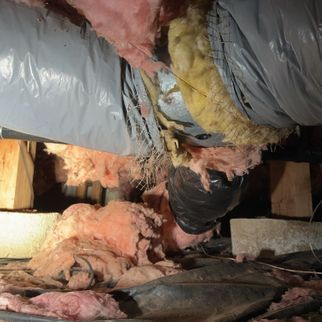



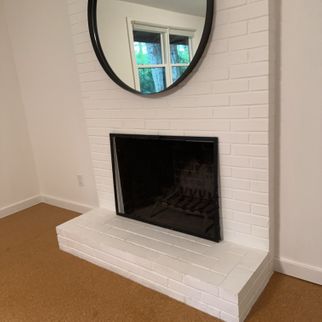
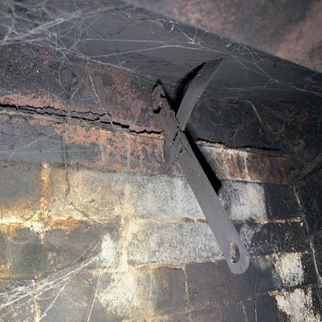
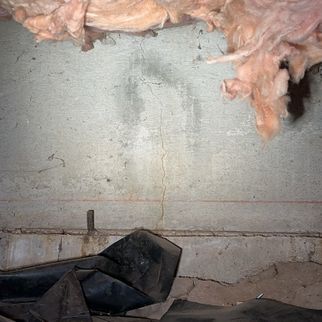
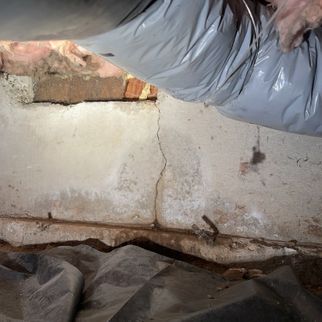
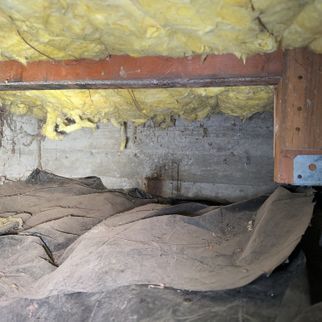
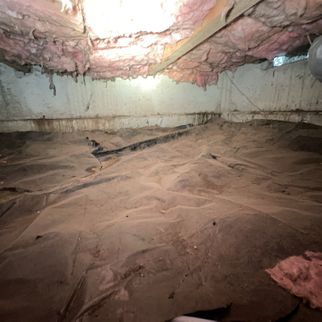
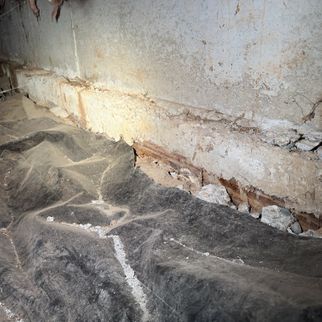
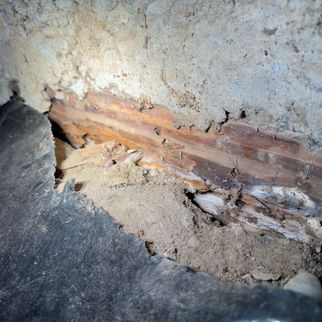
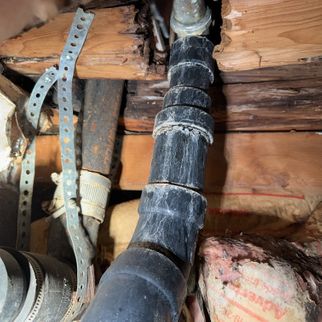
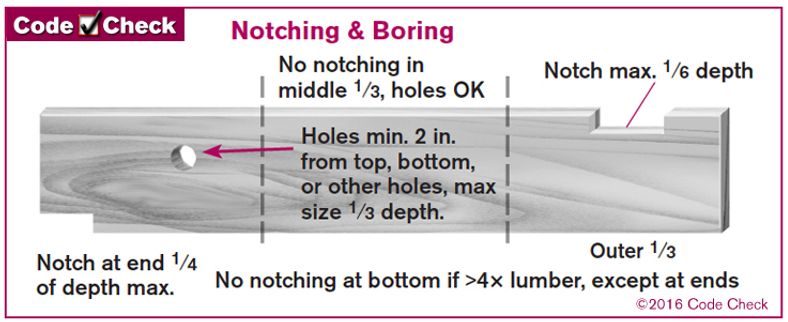
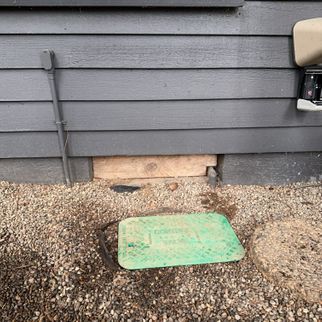
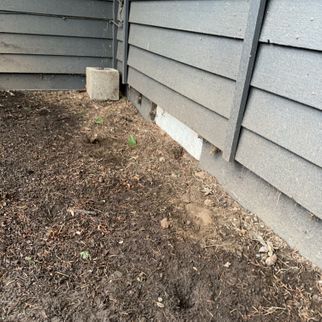
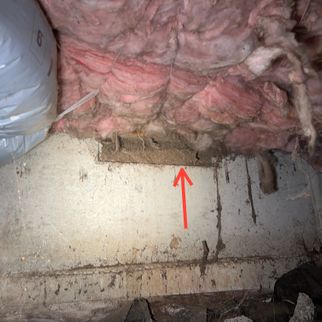
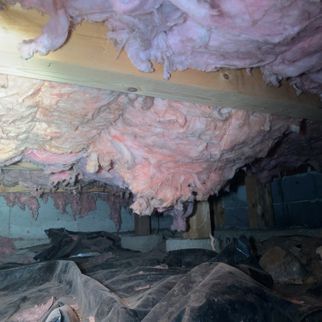
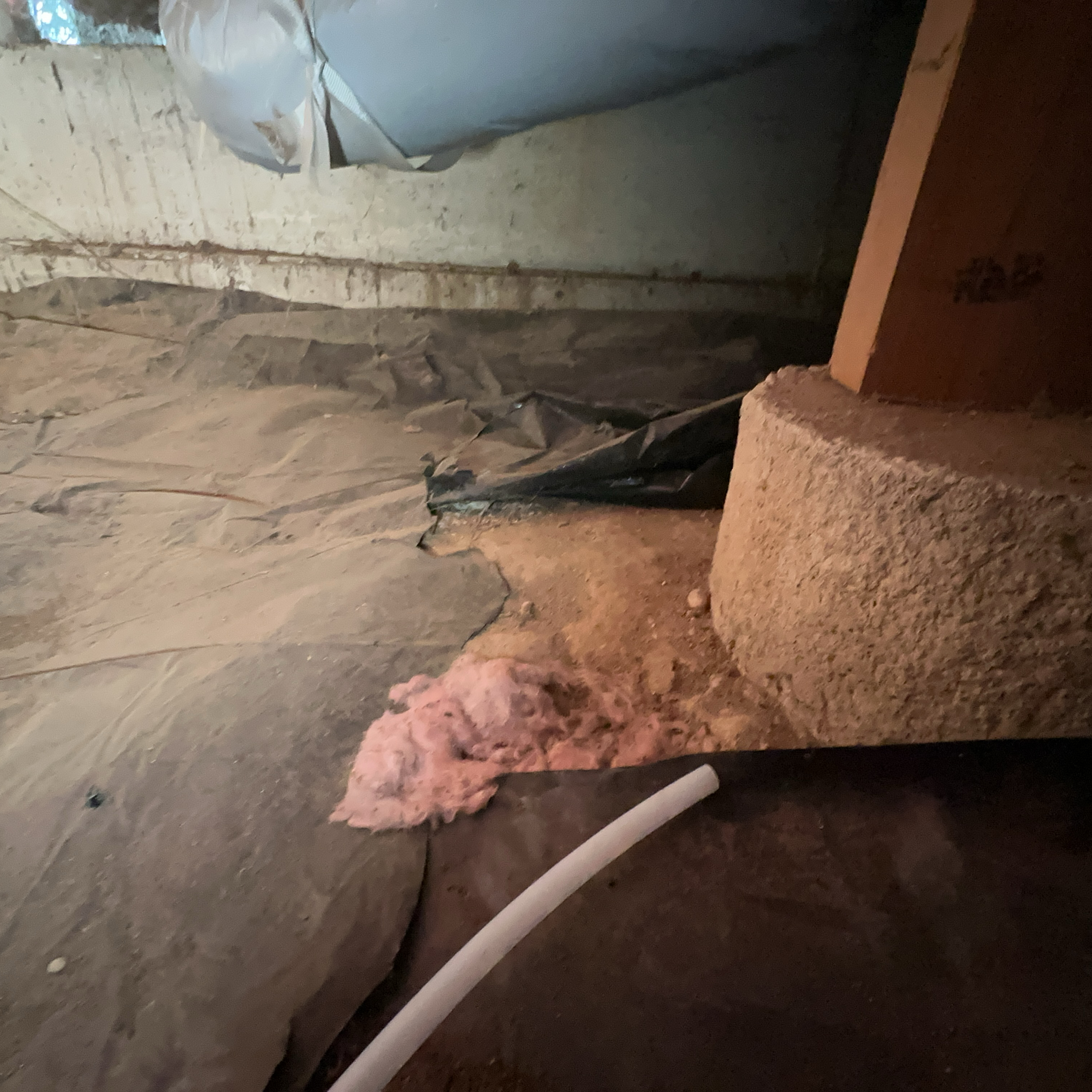
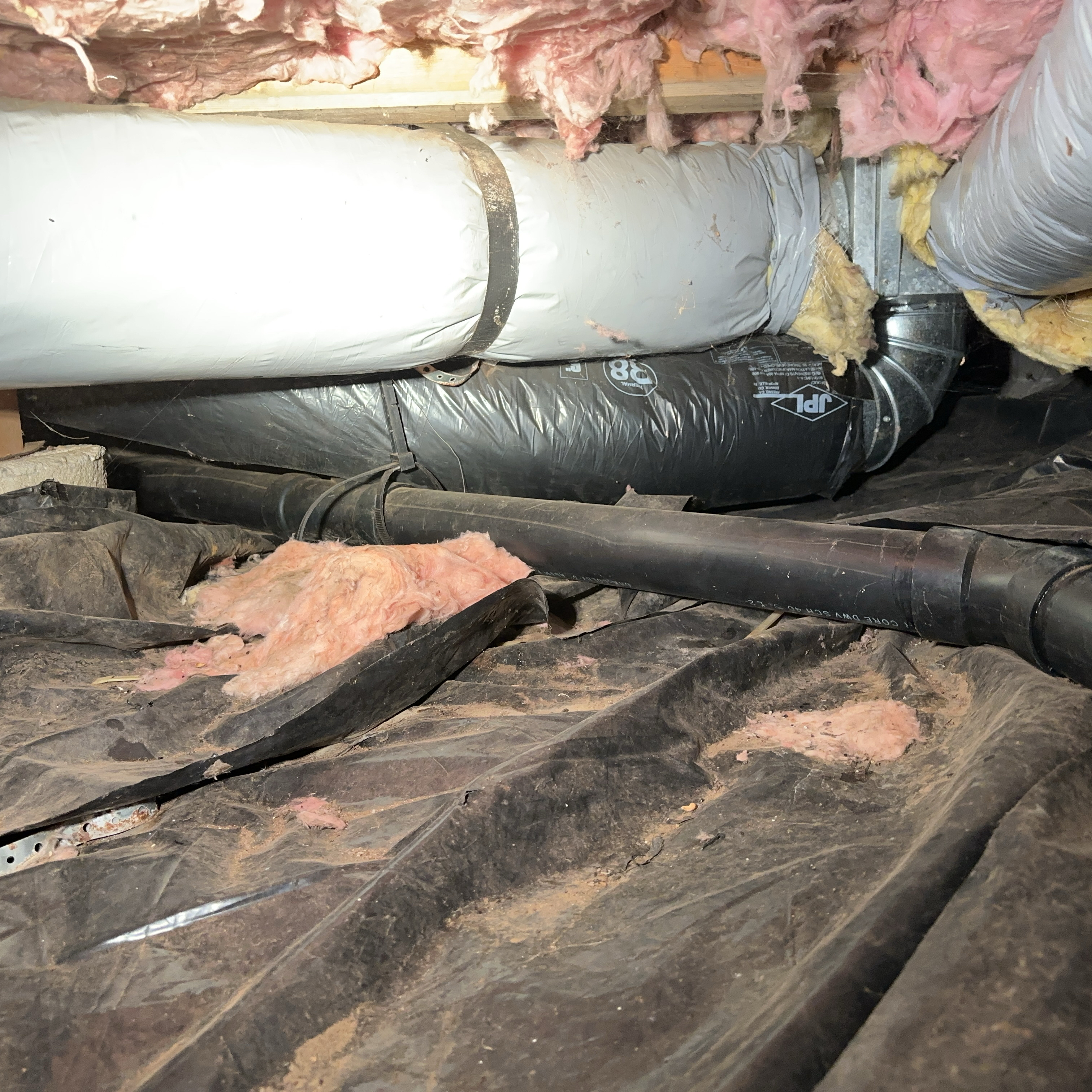
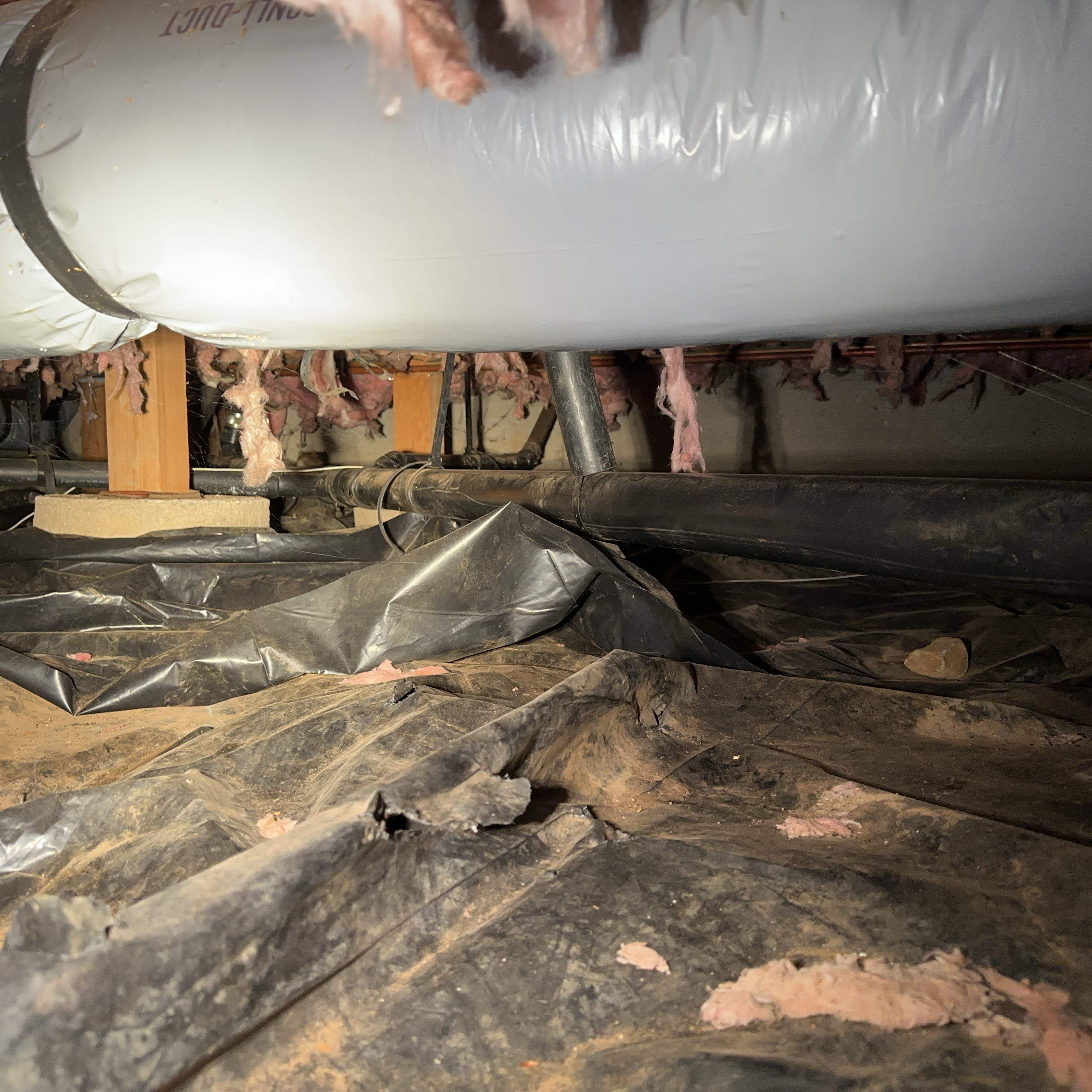
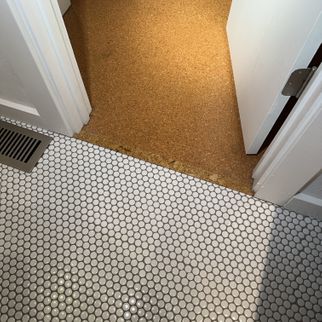
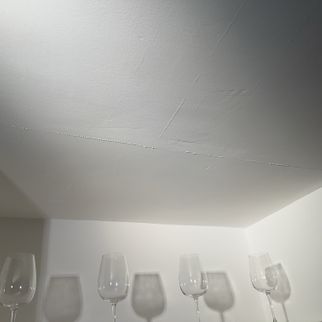
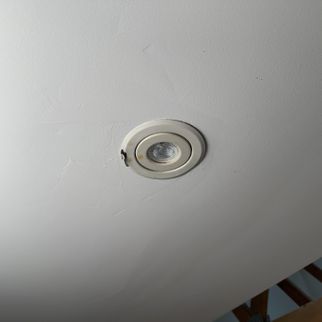
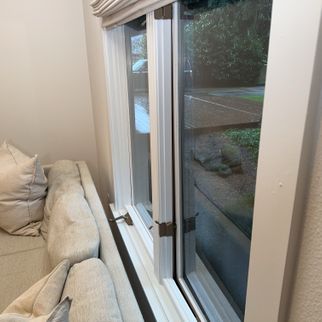
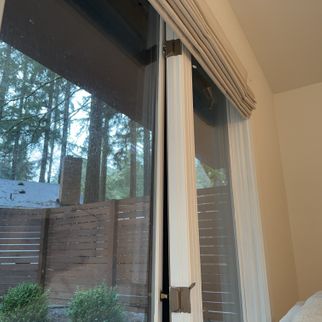
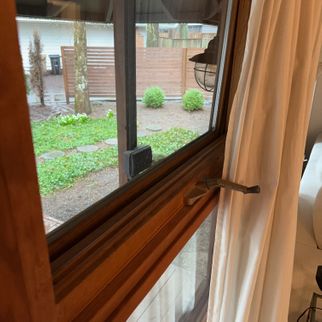
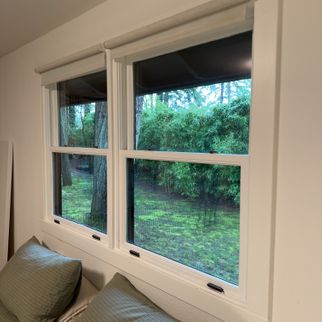
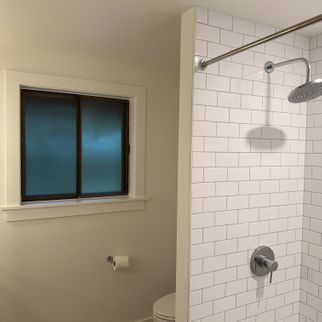
 (1).jpg)
